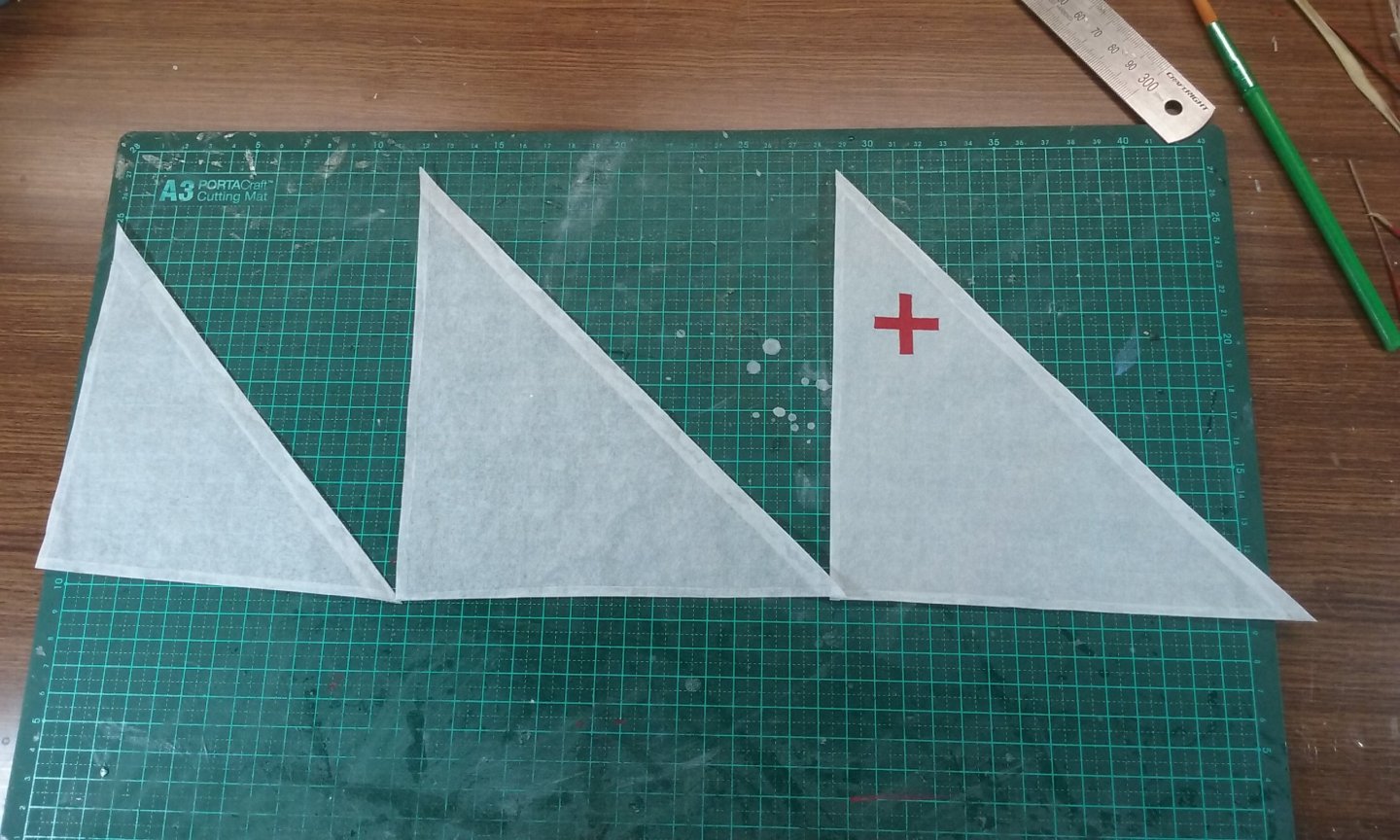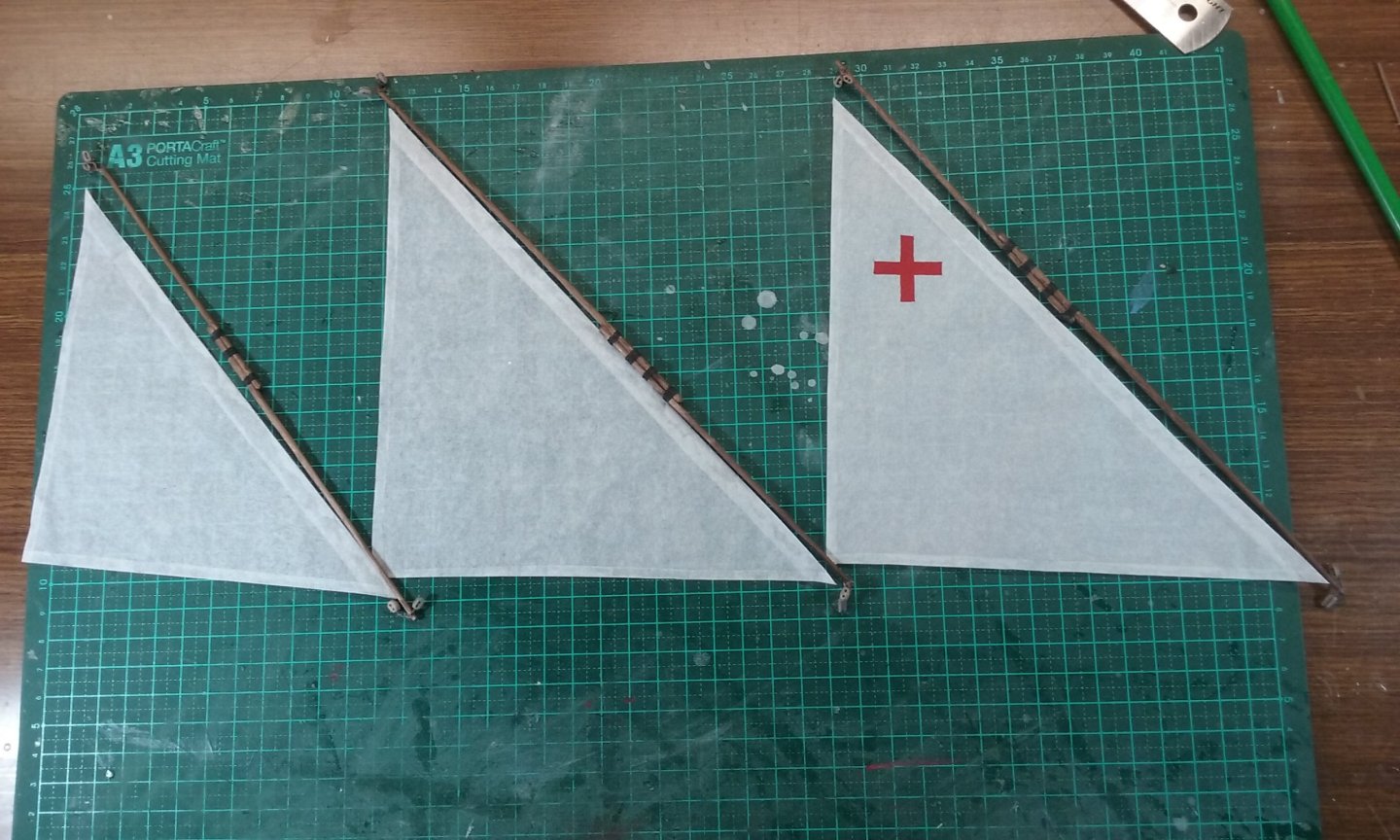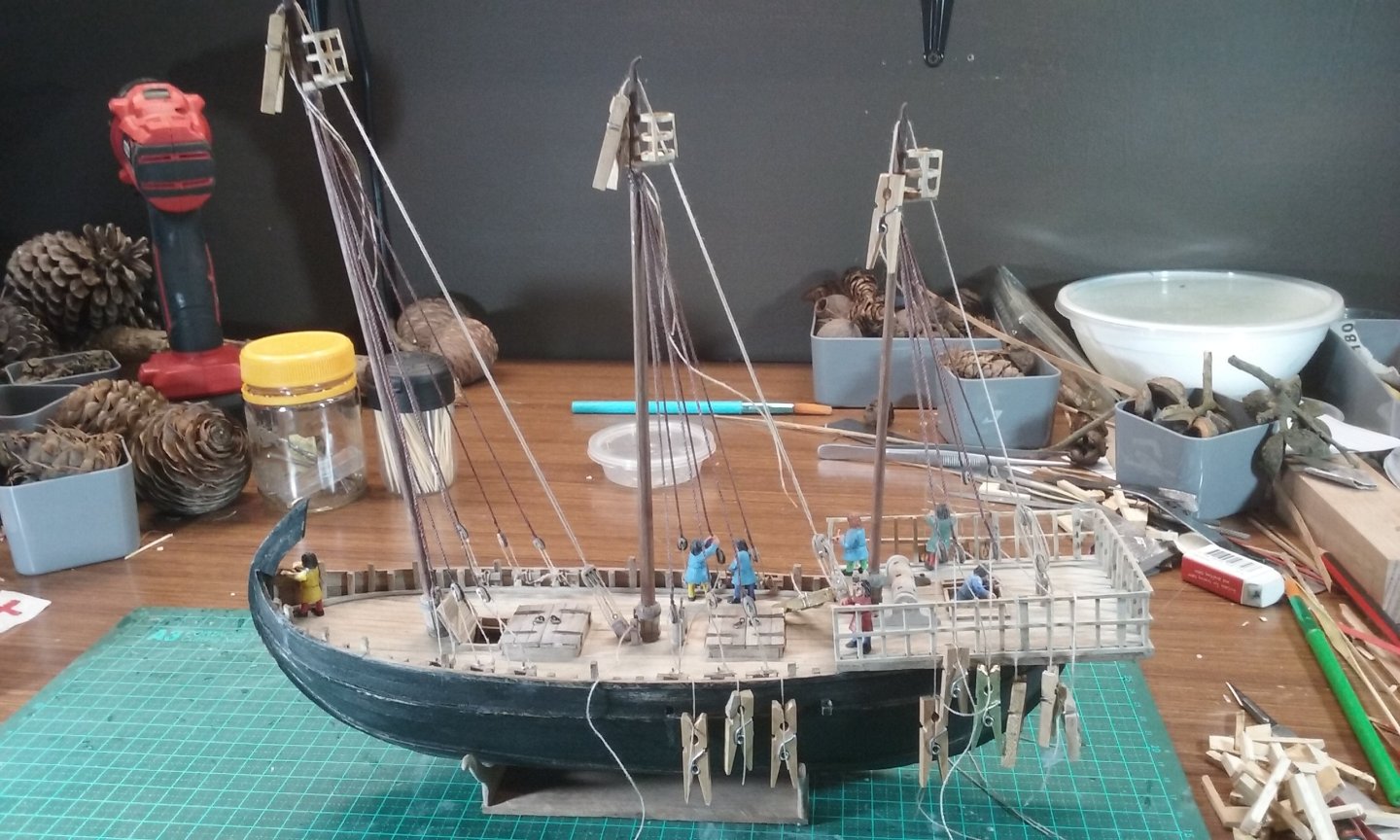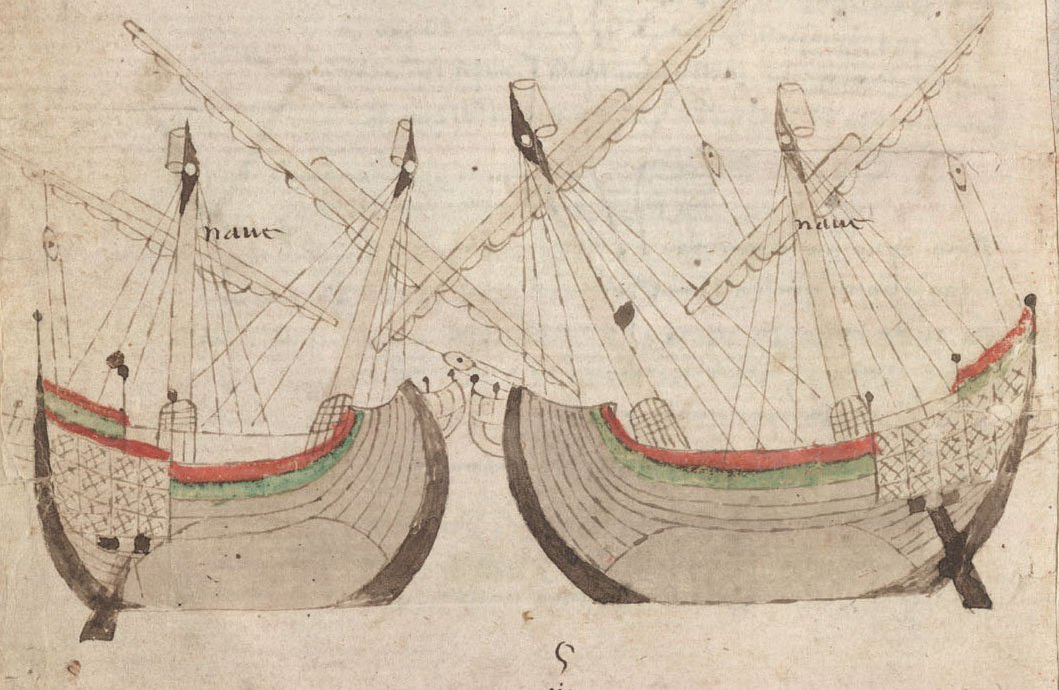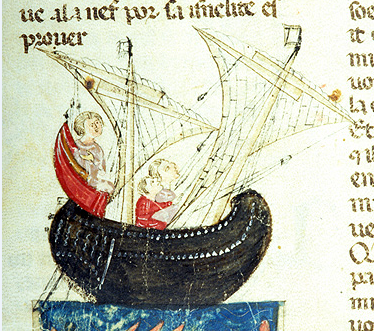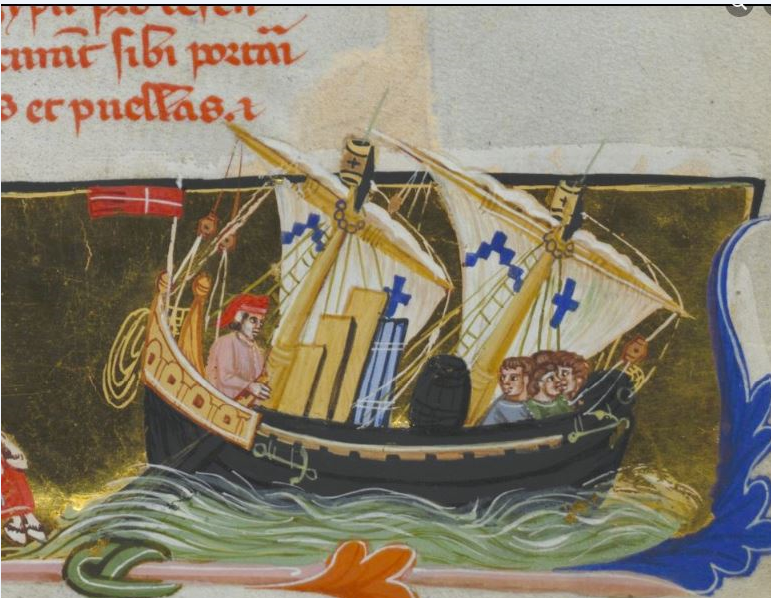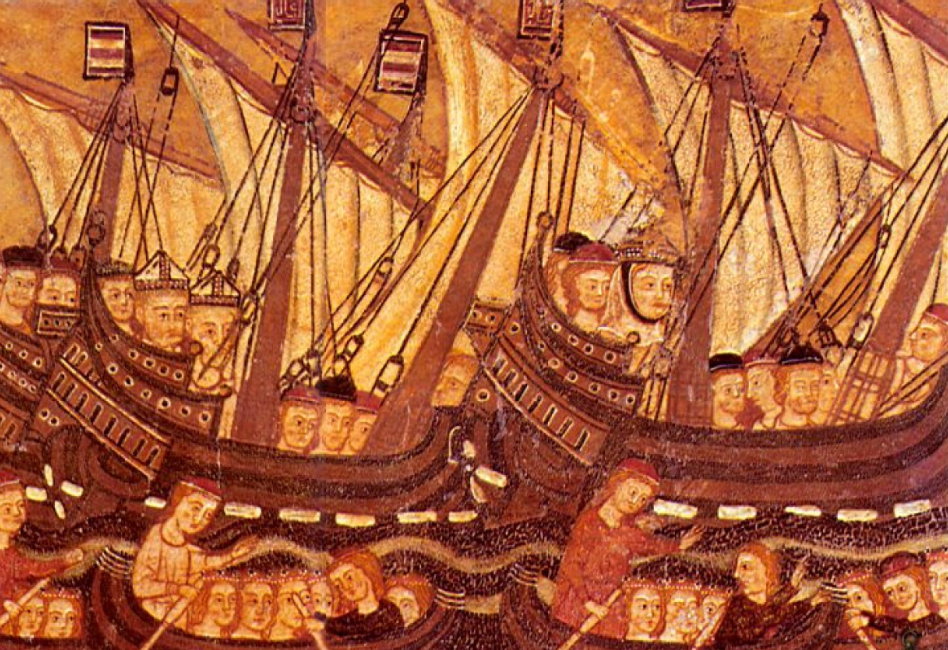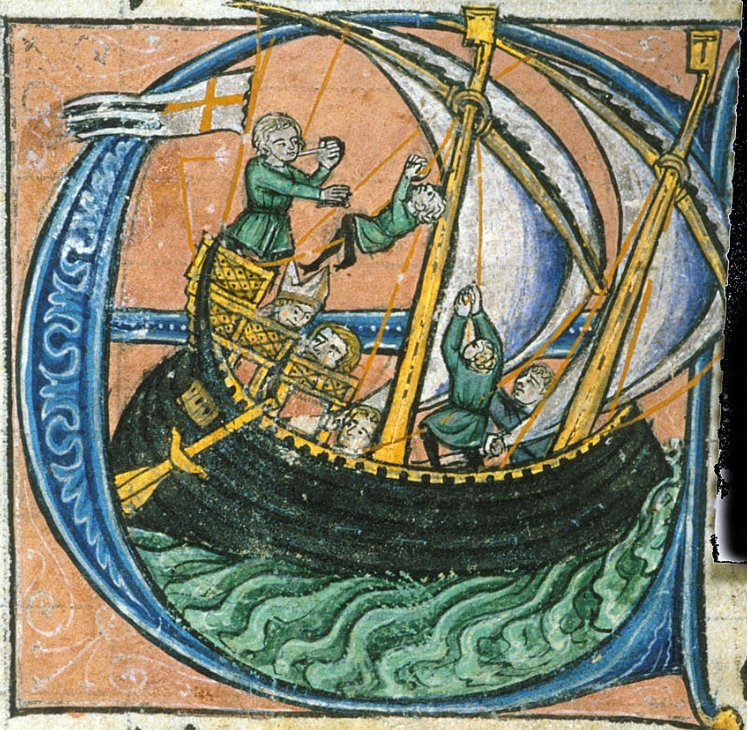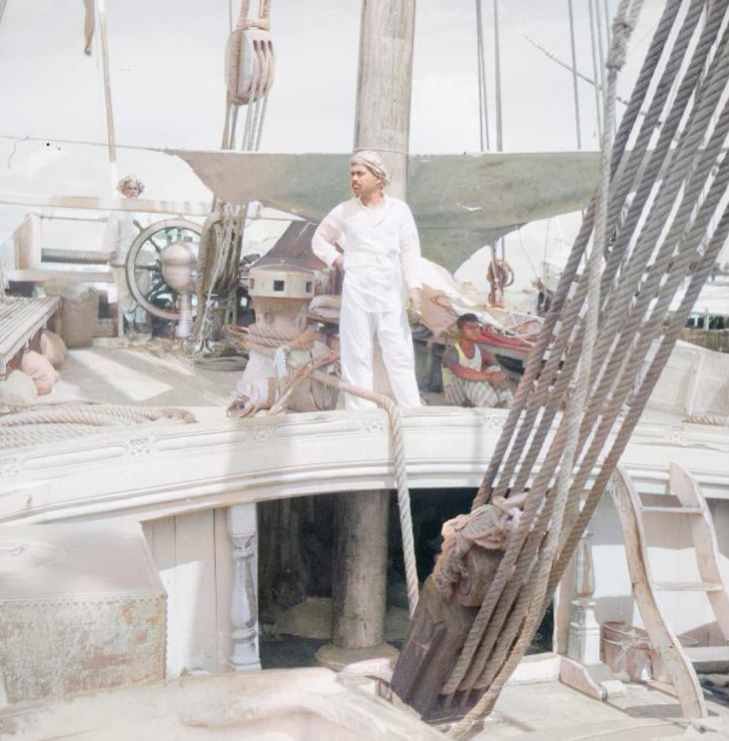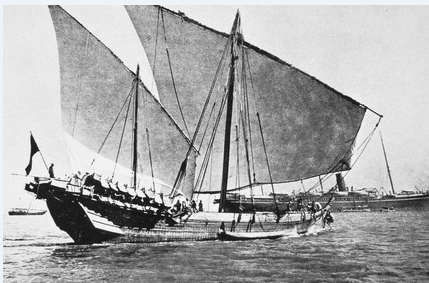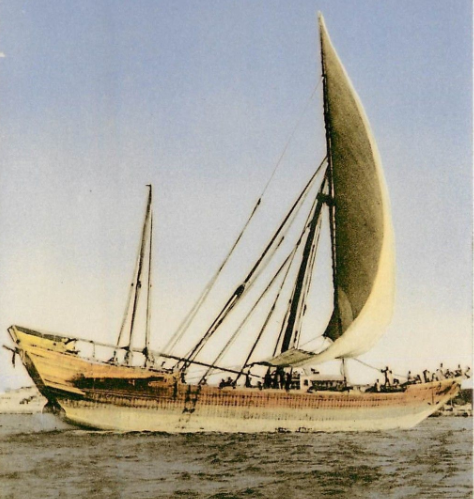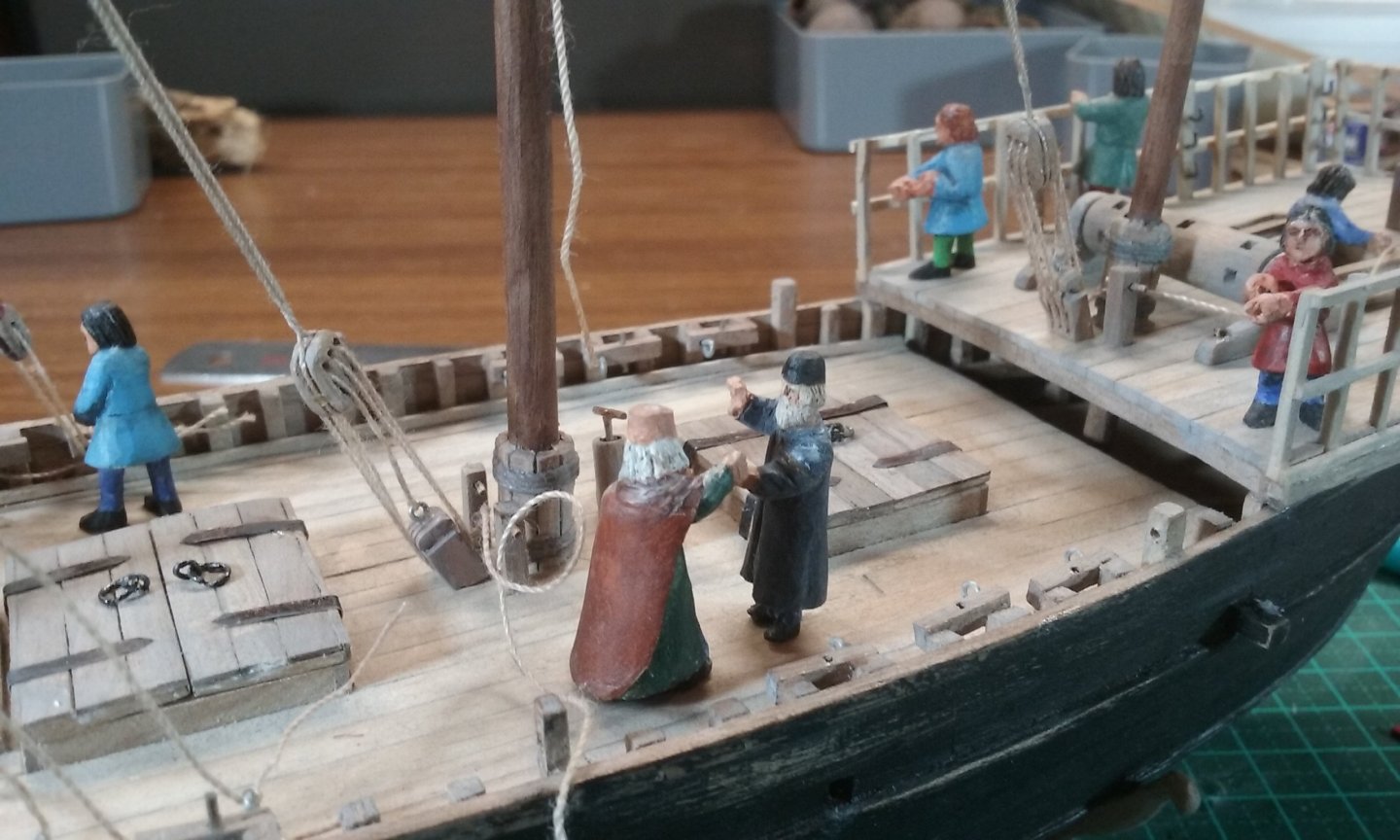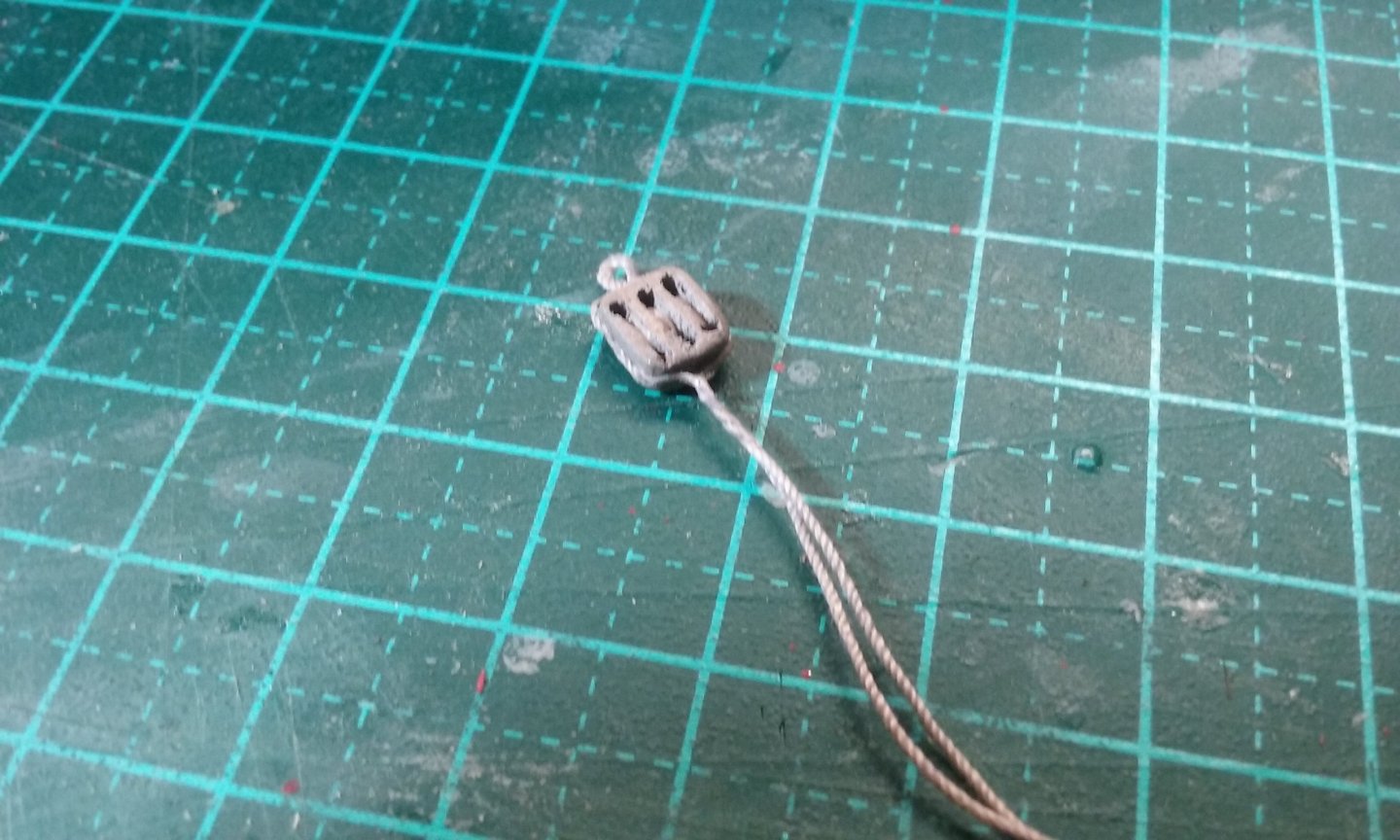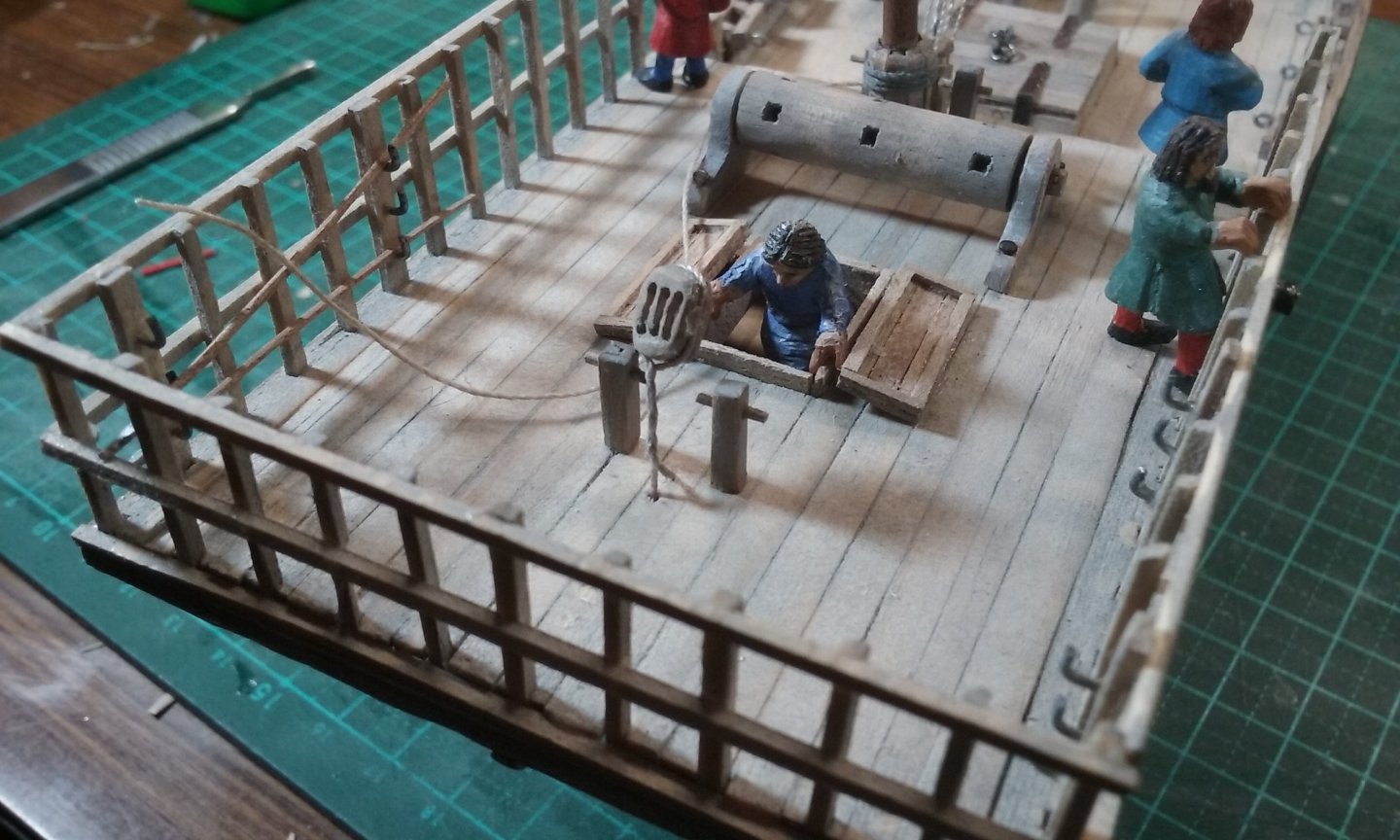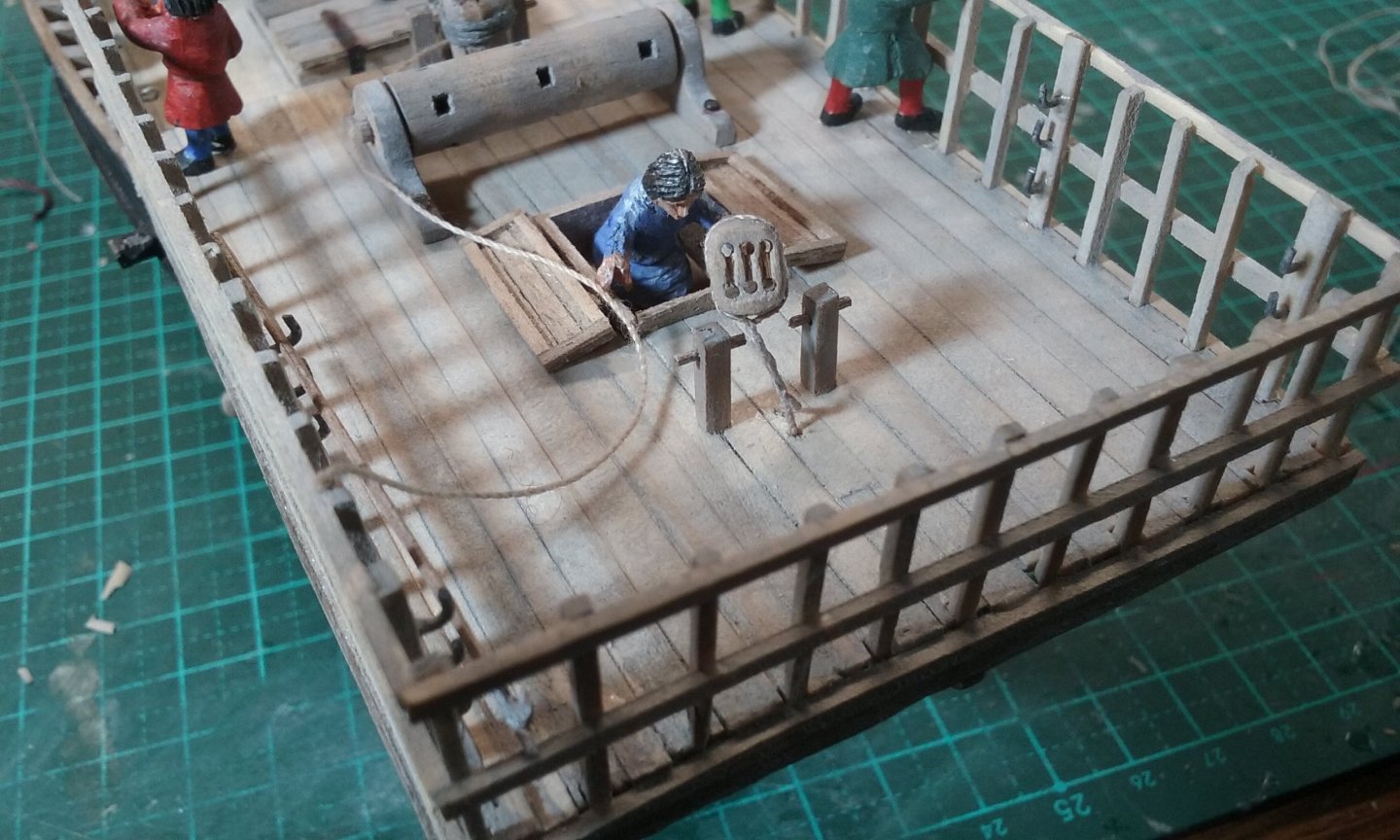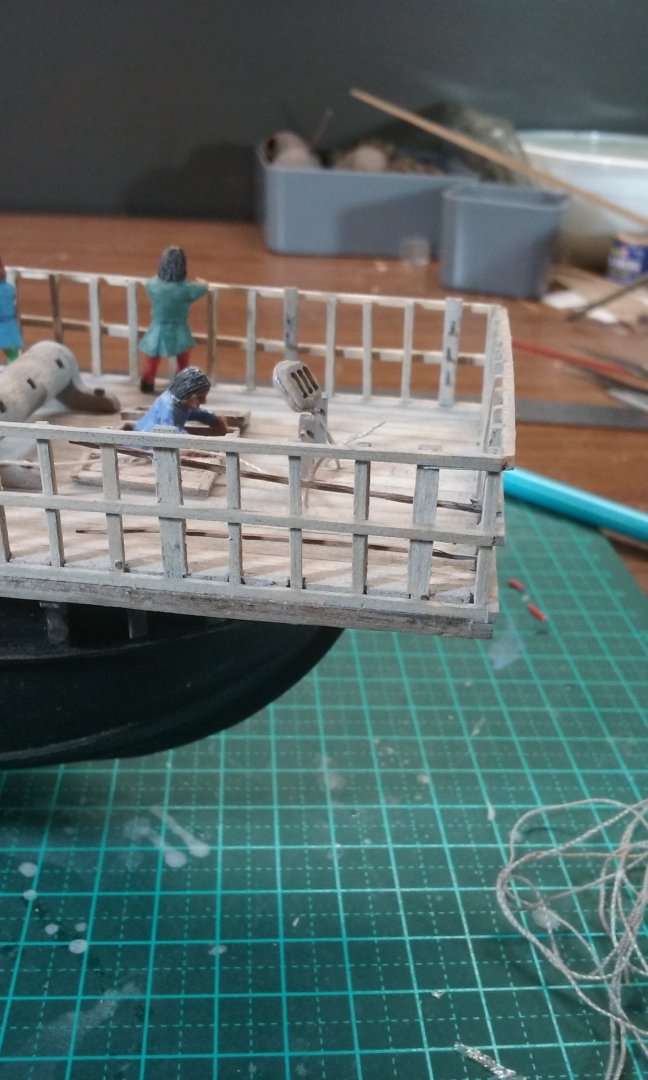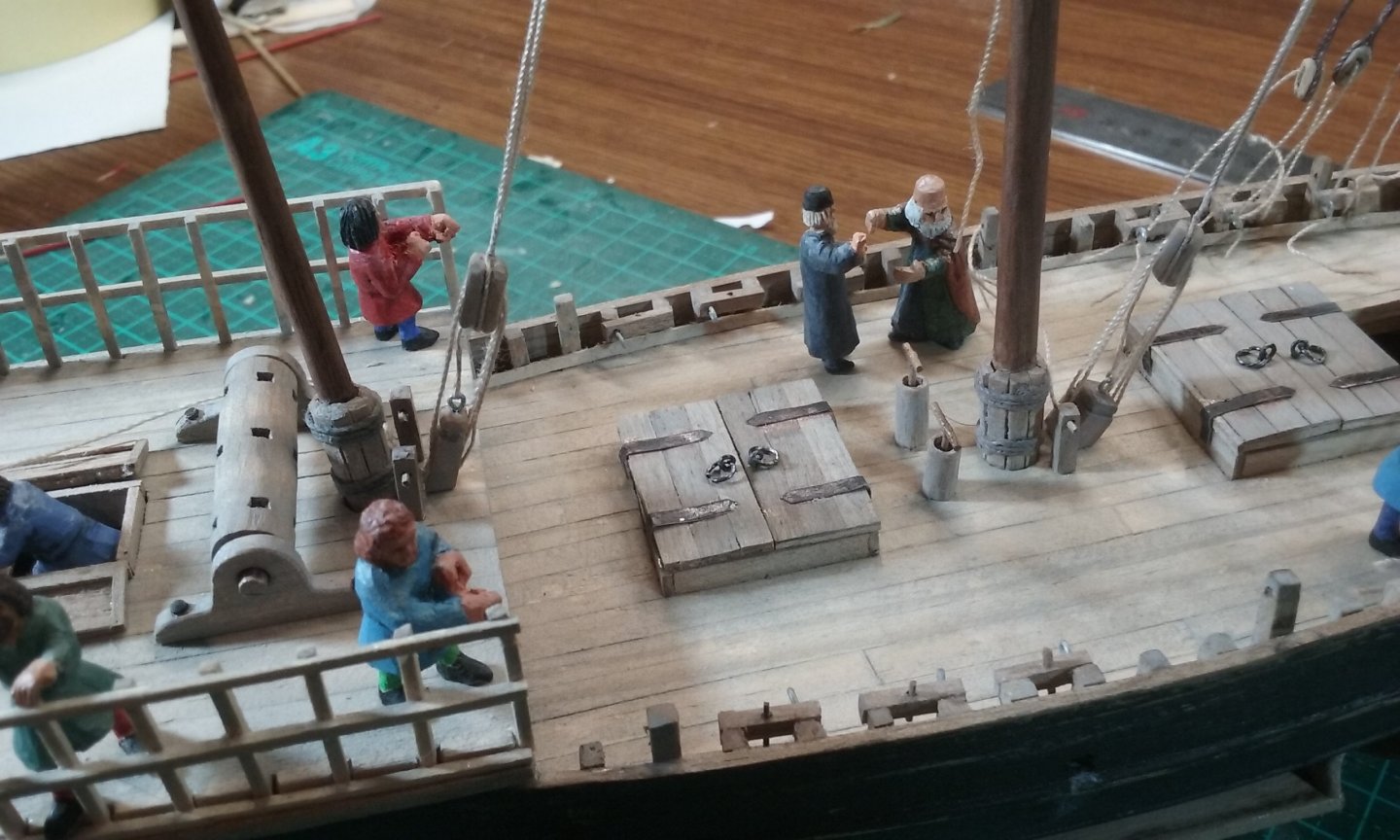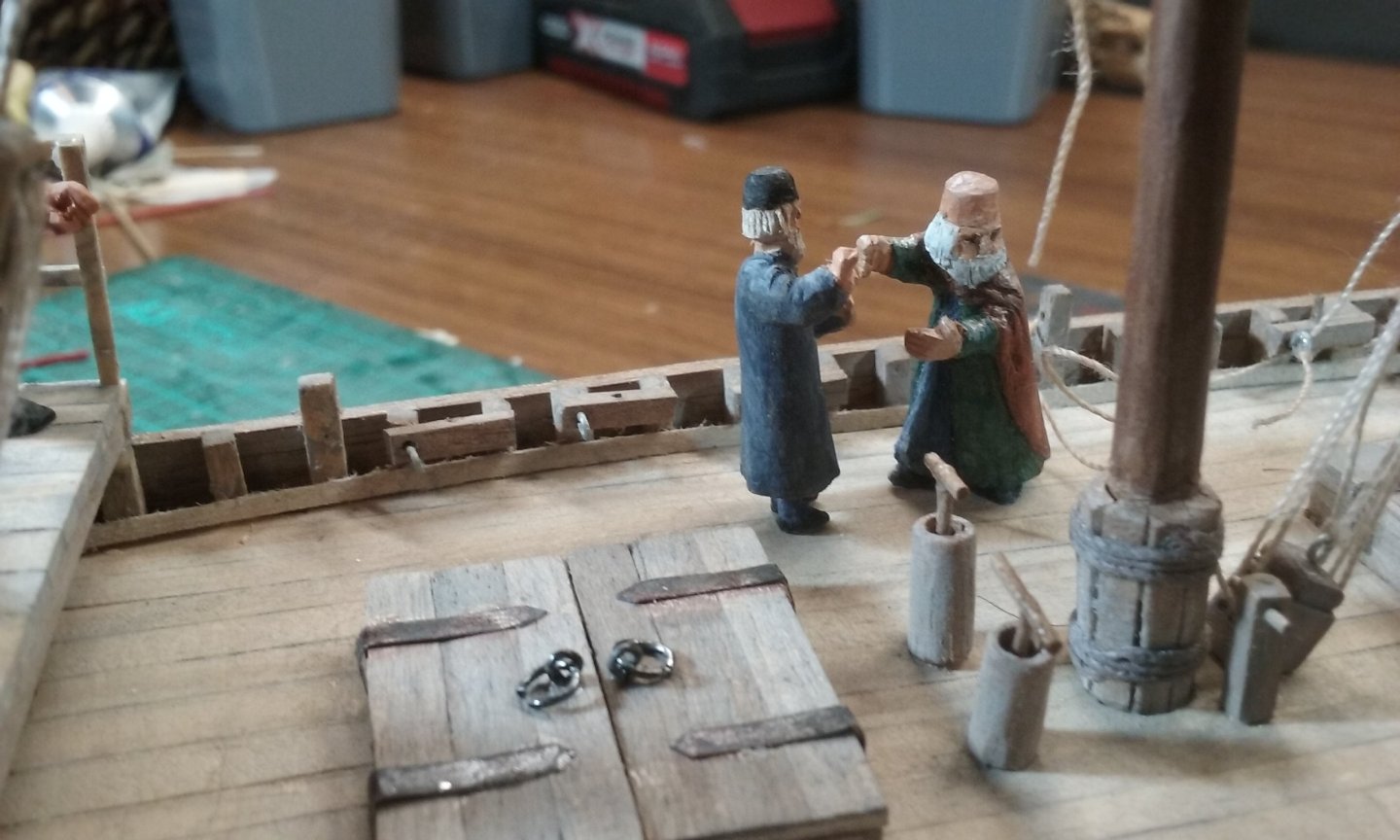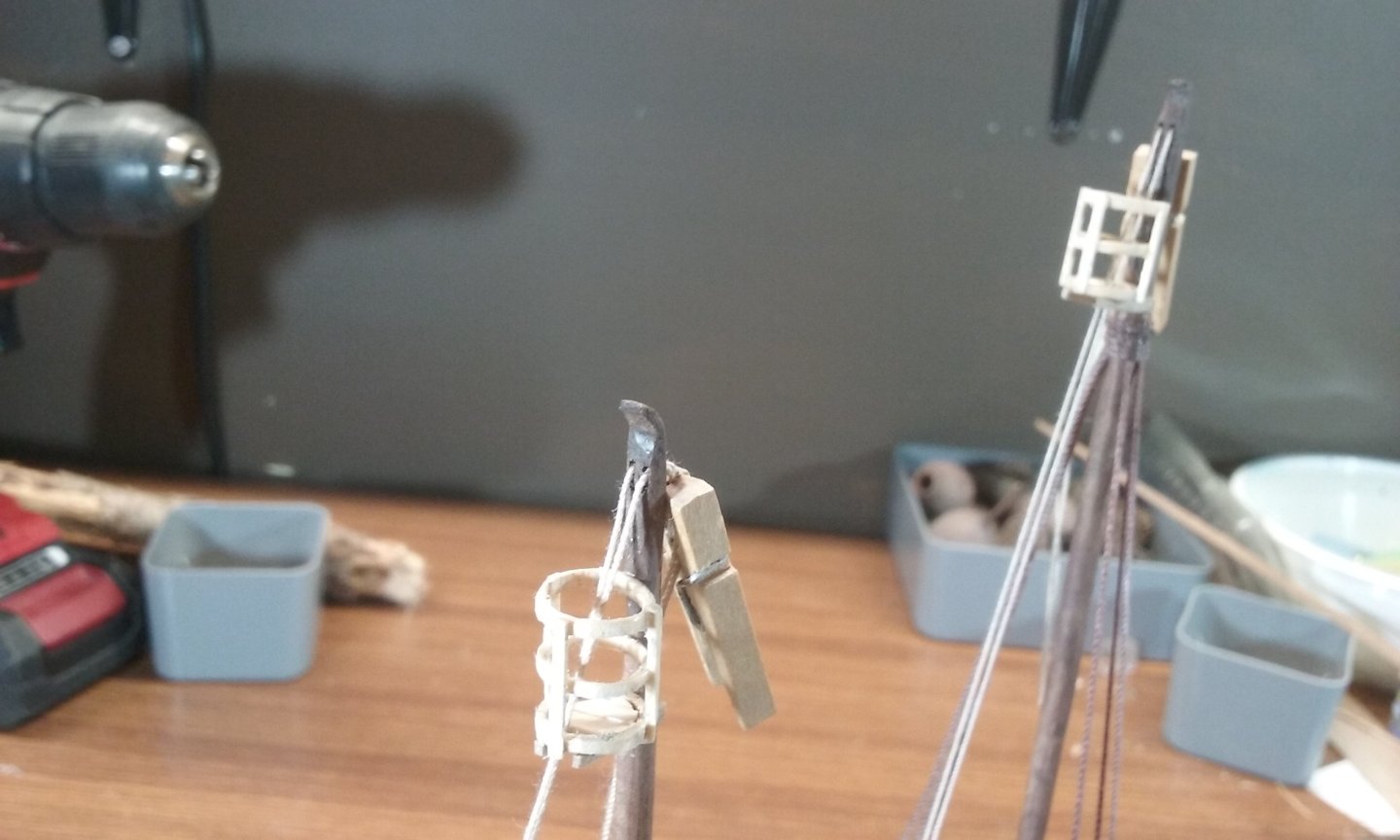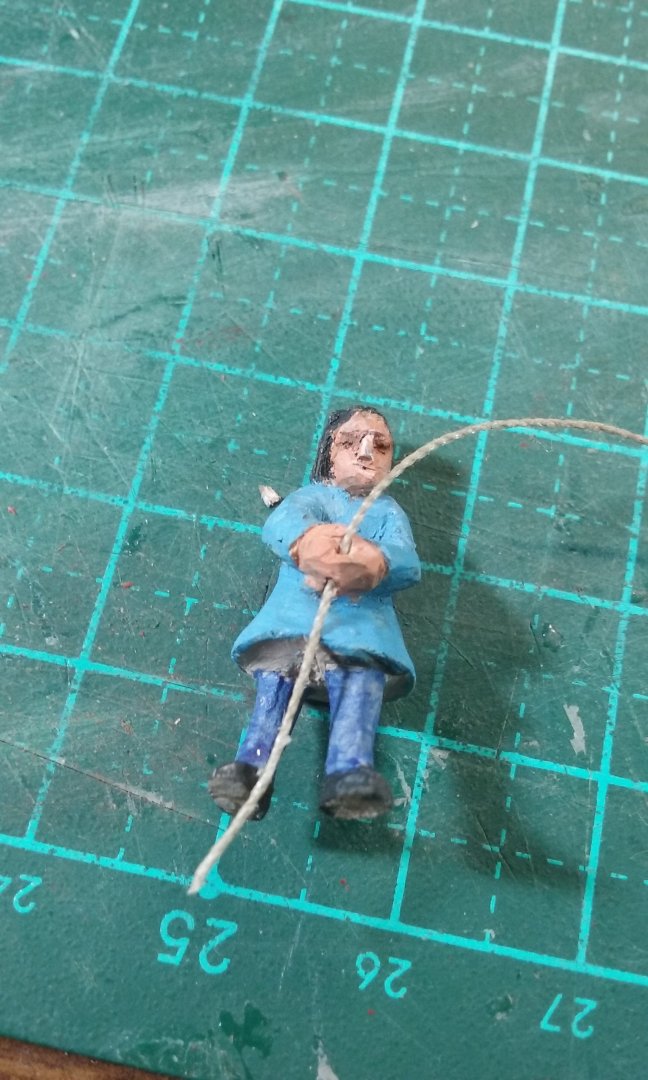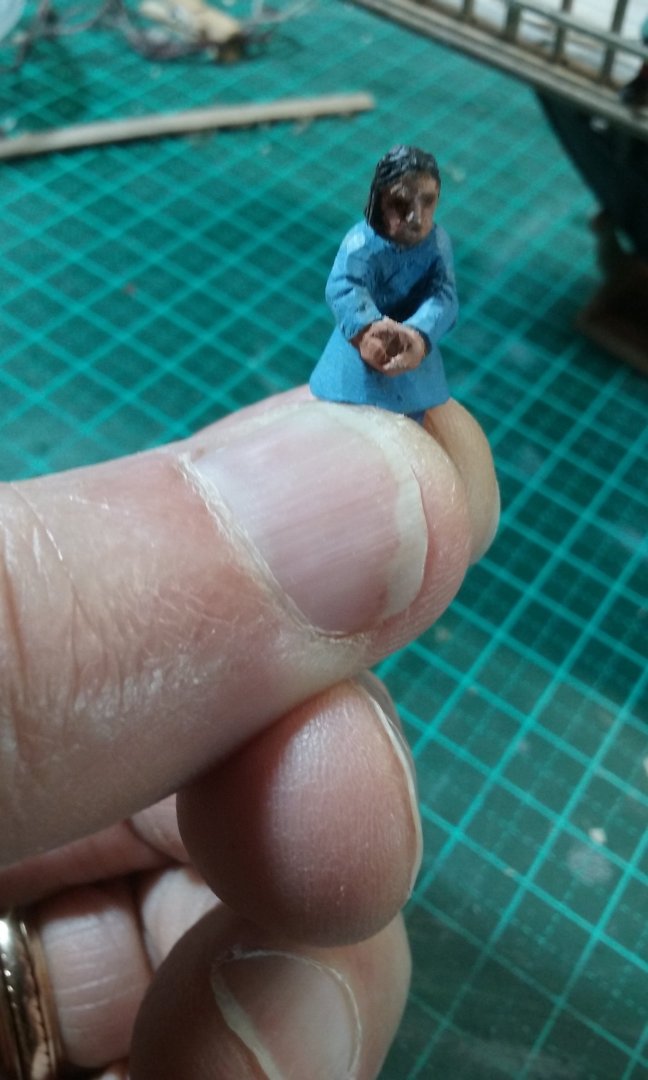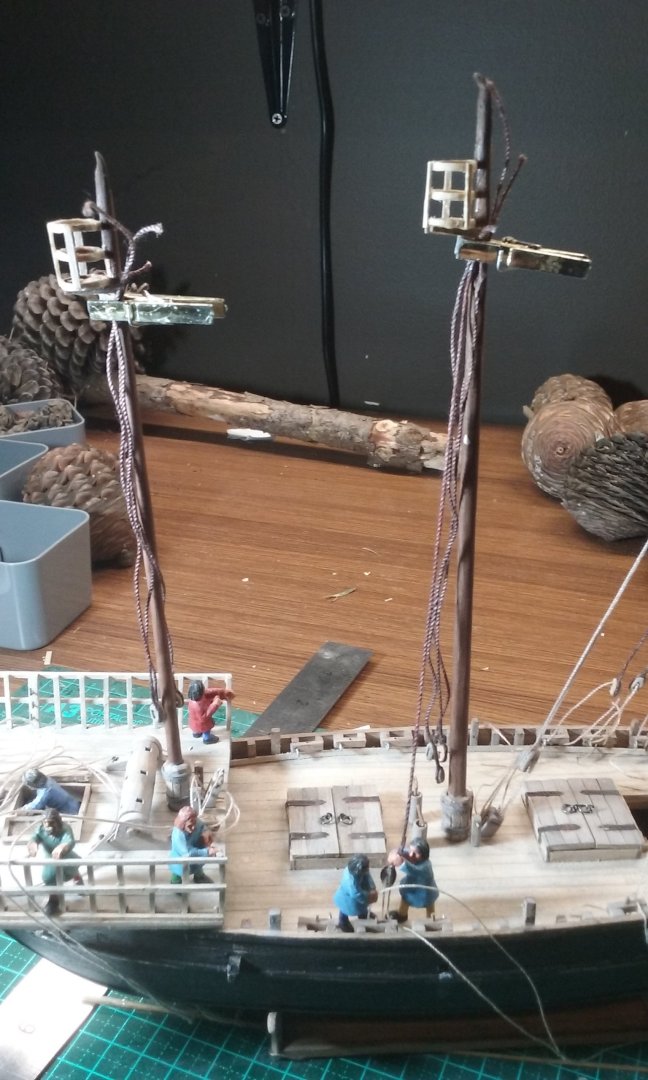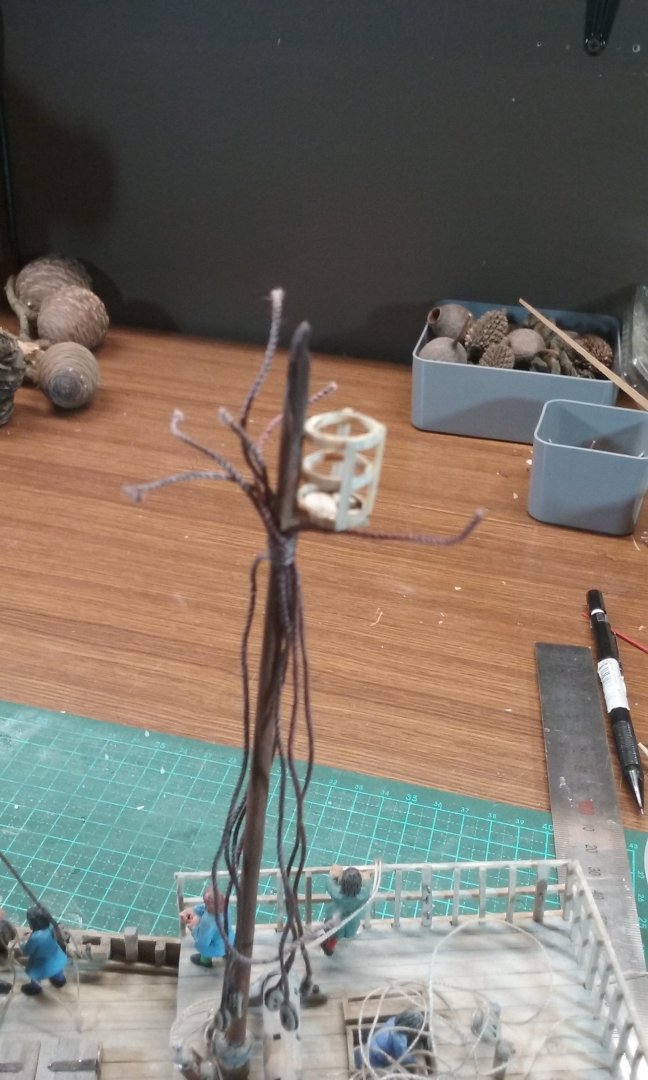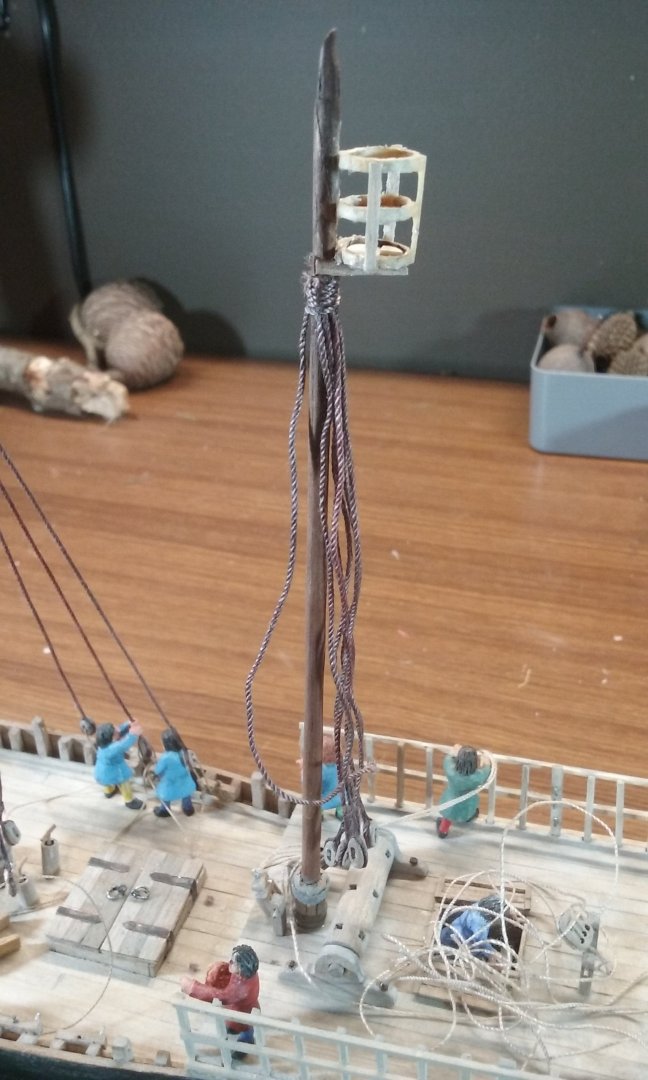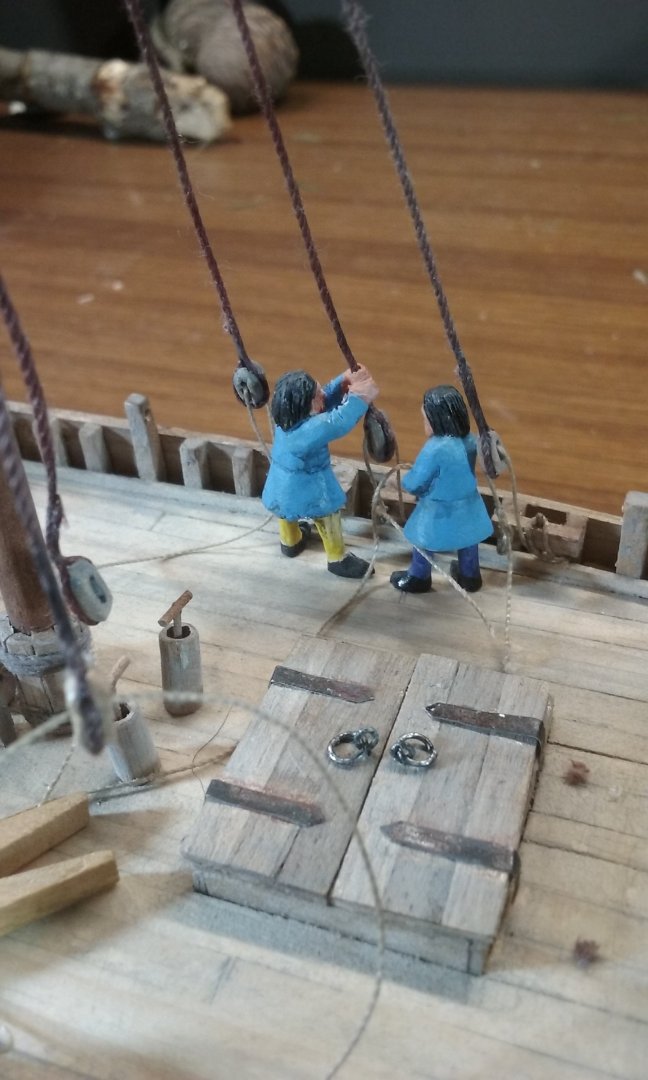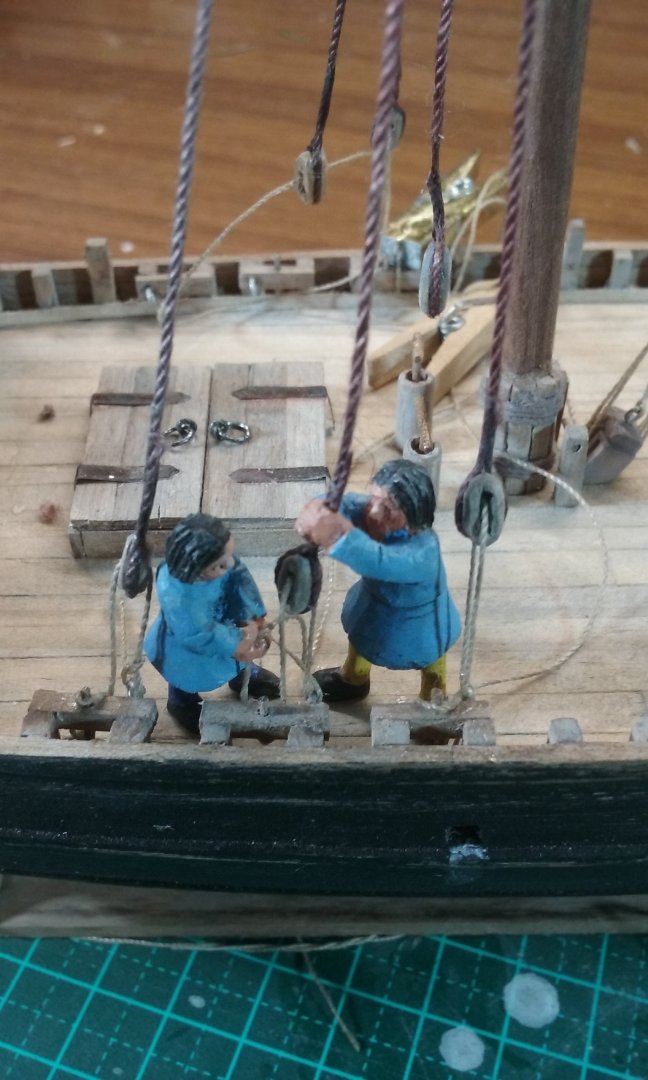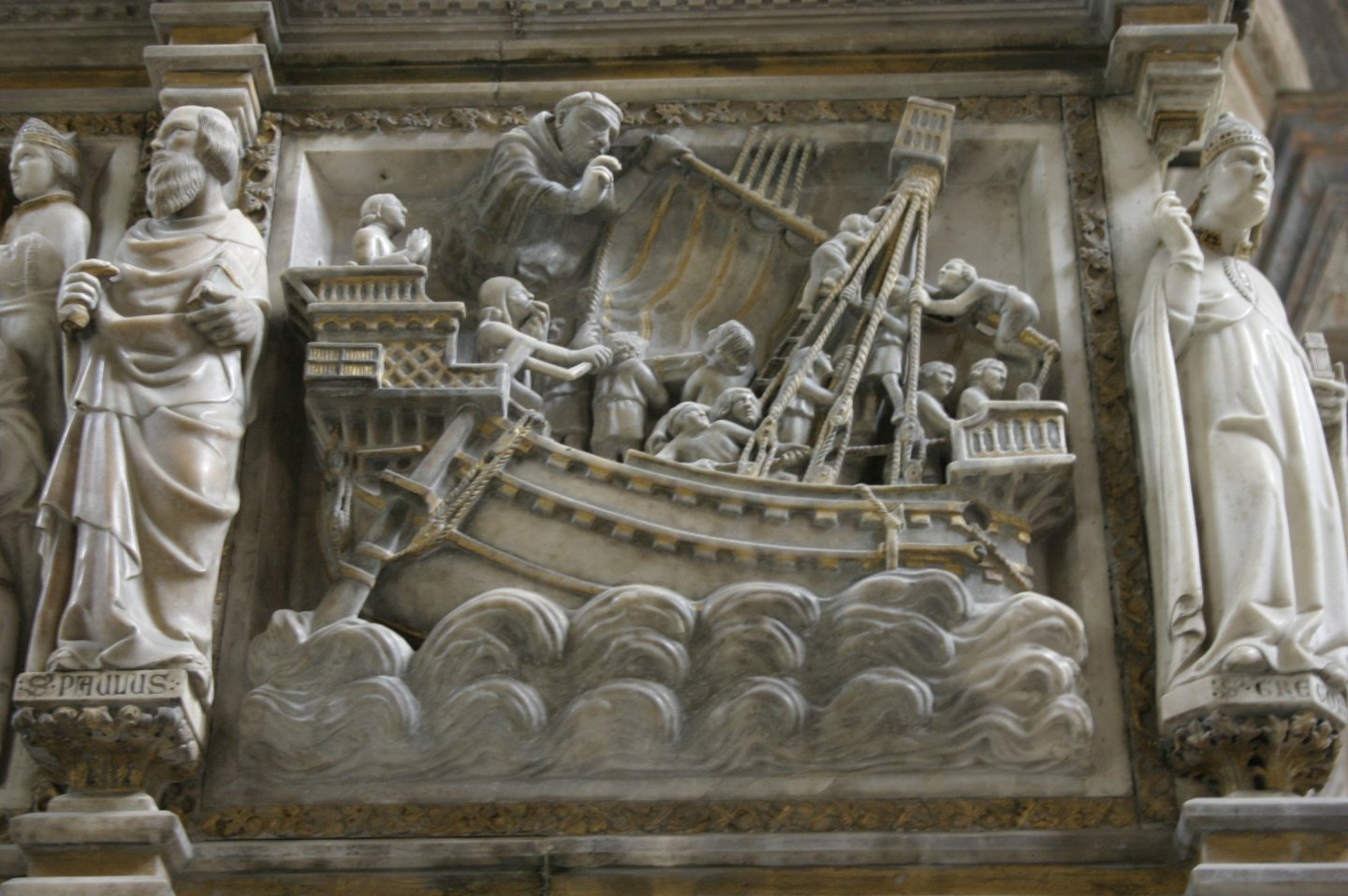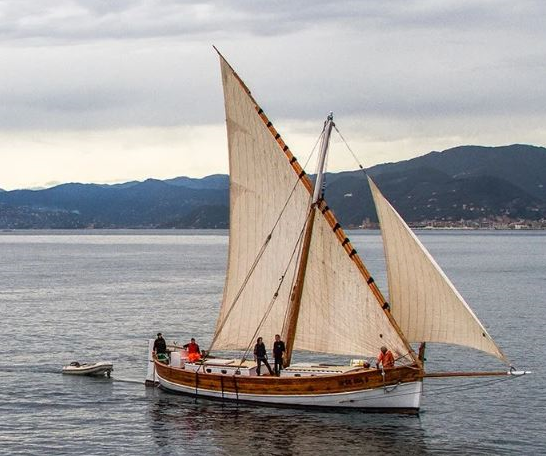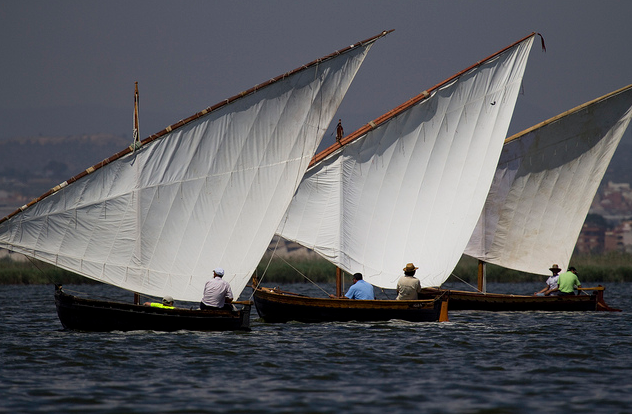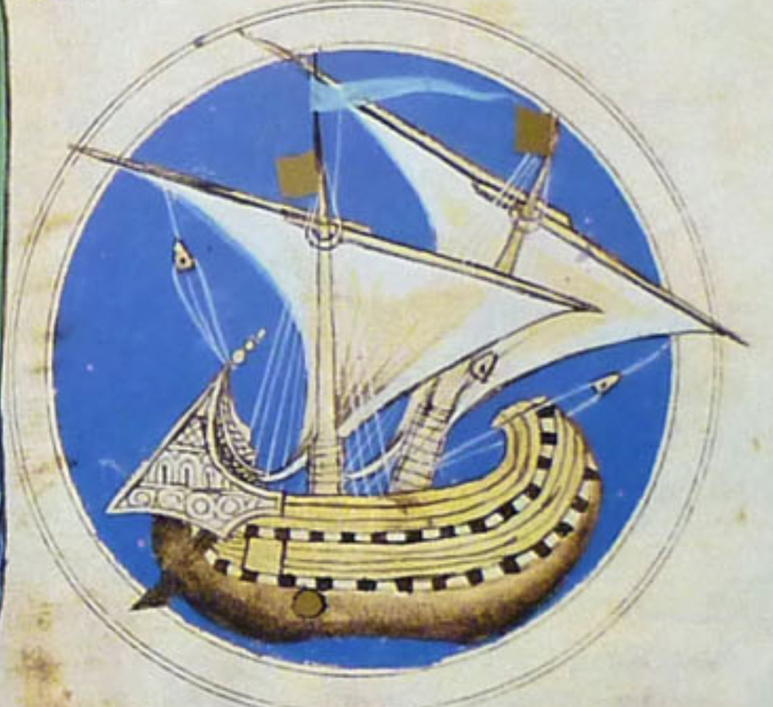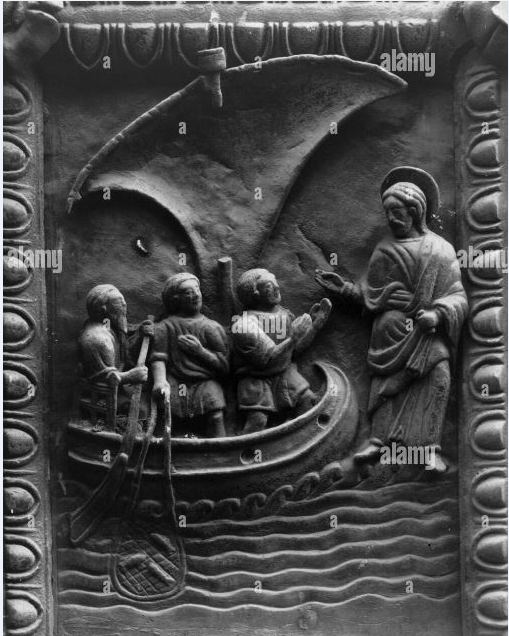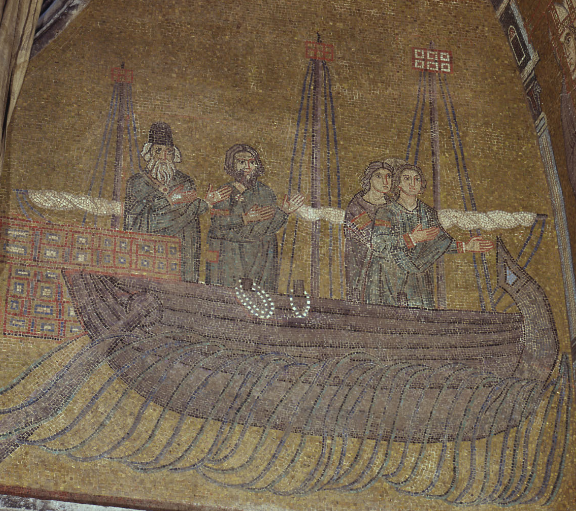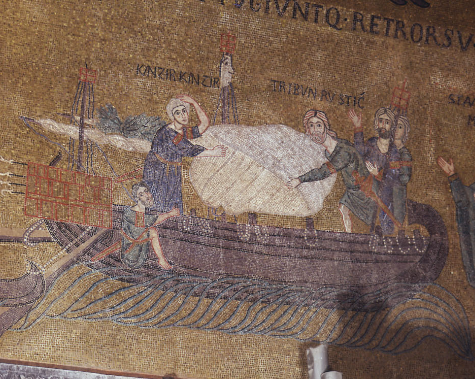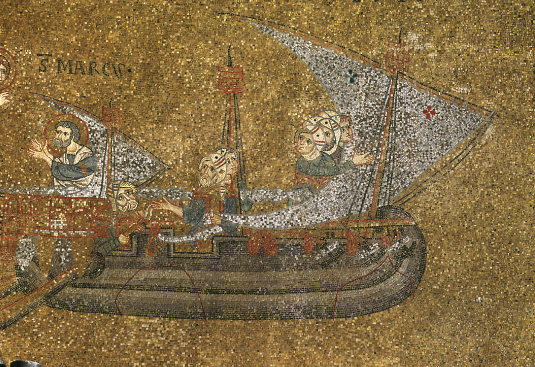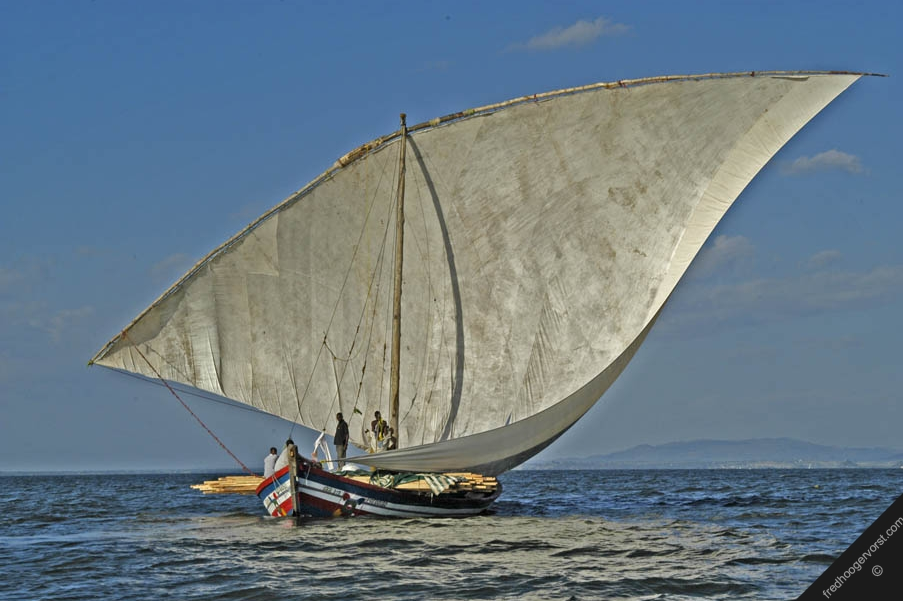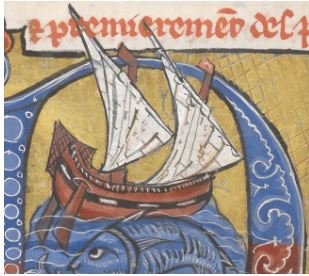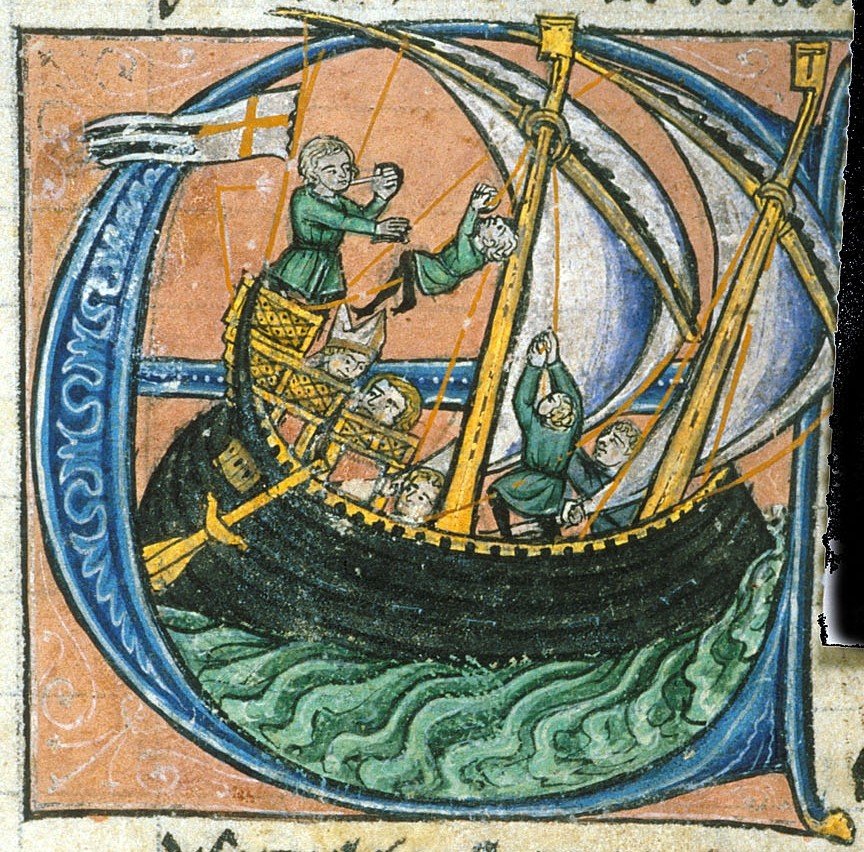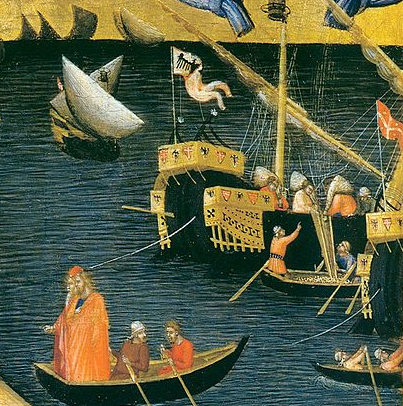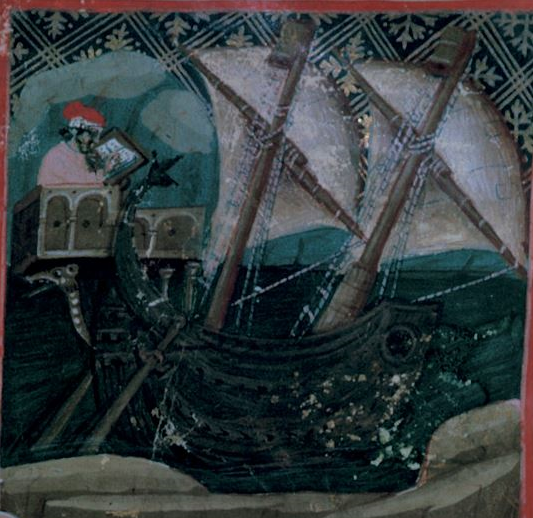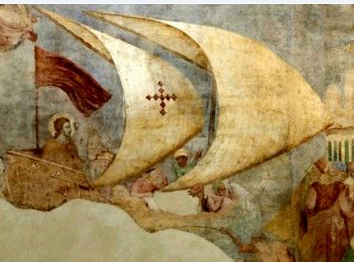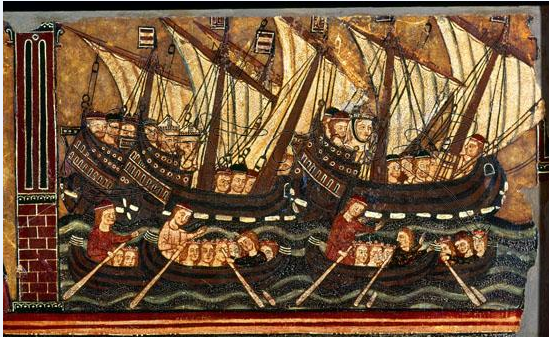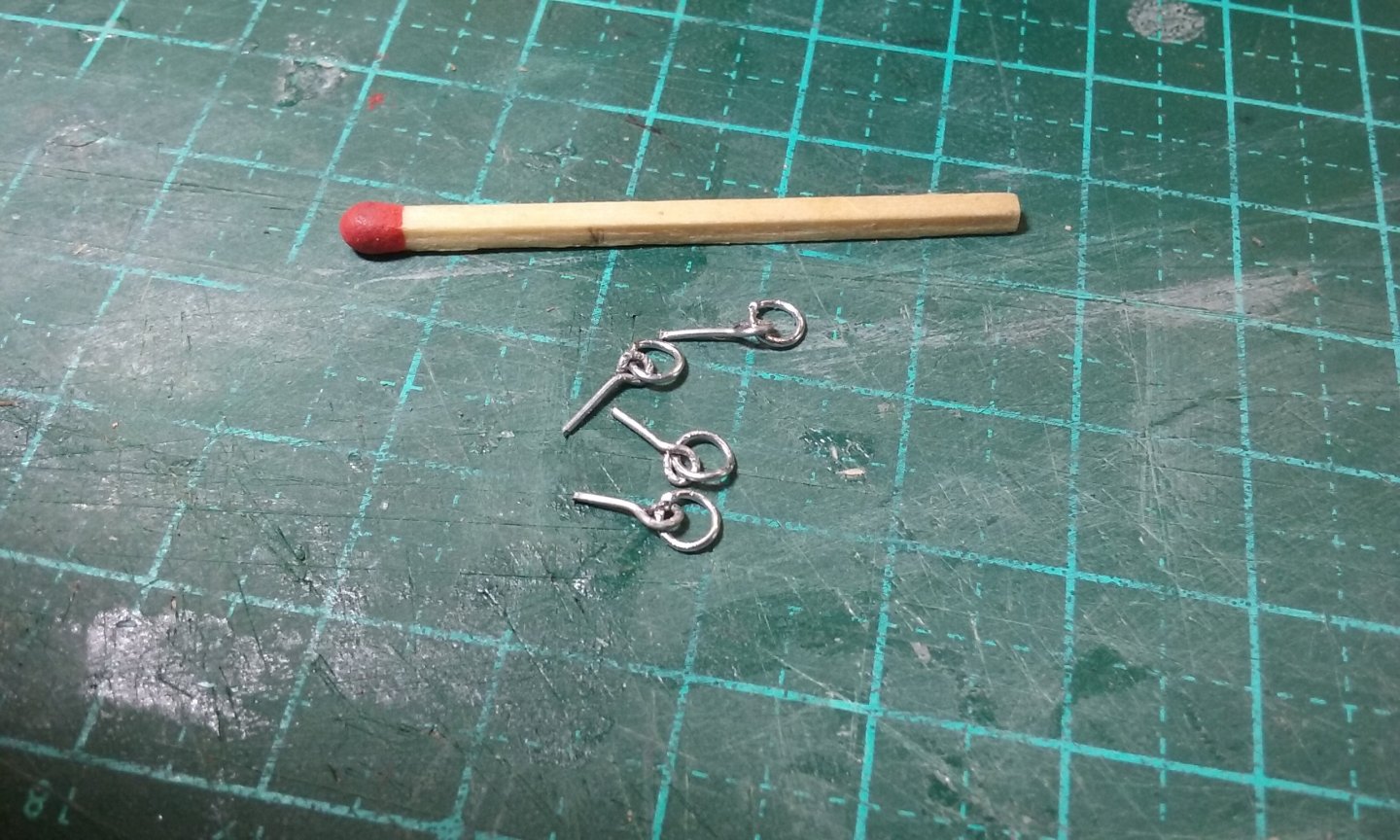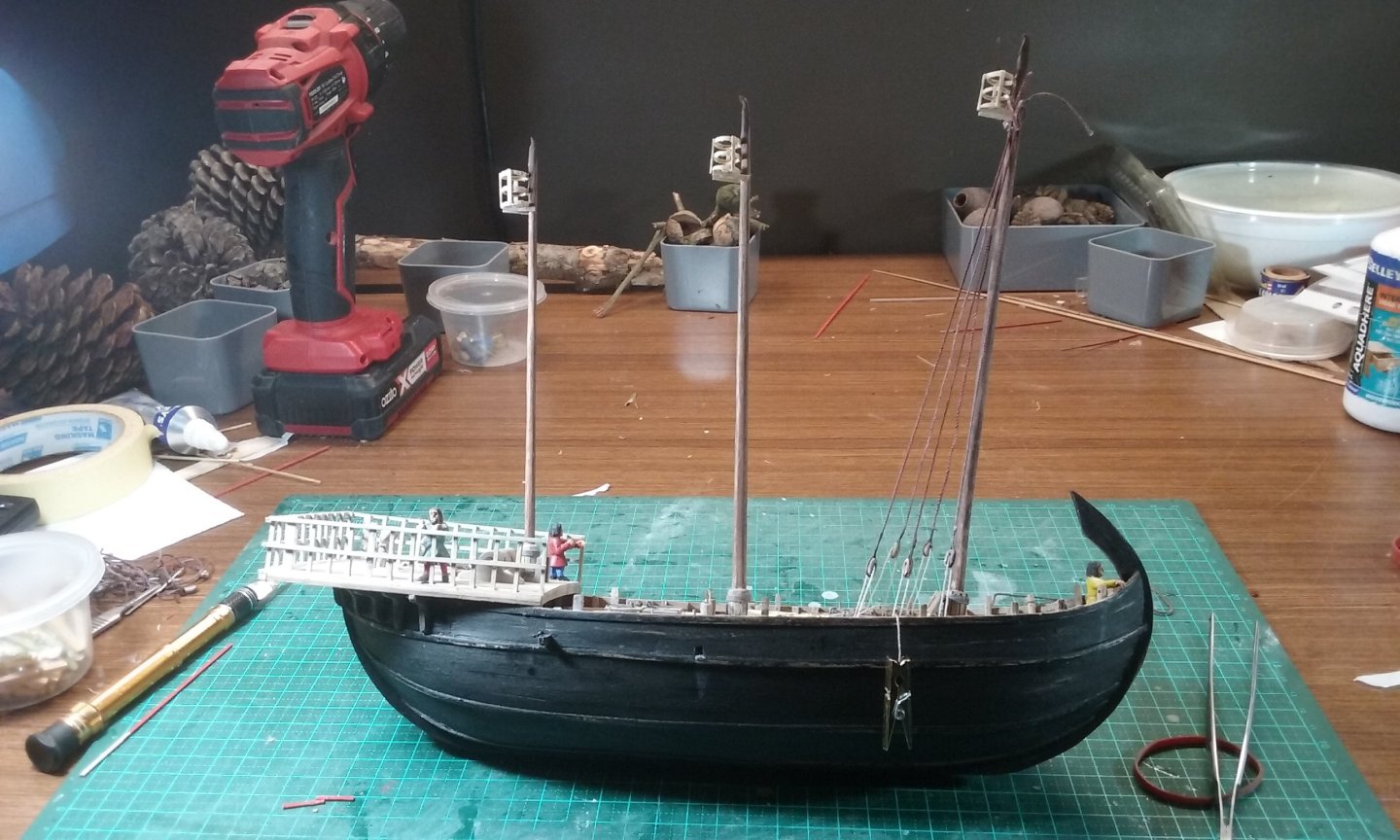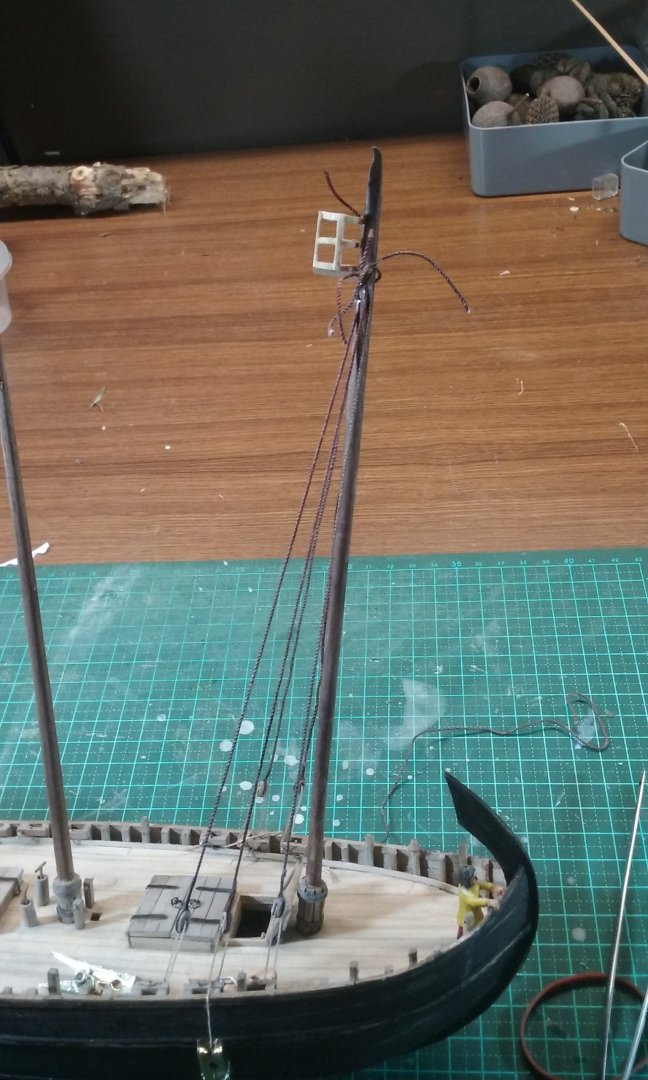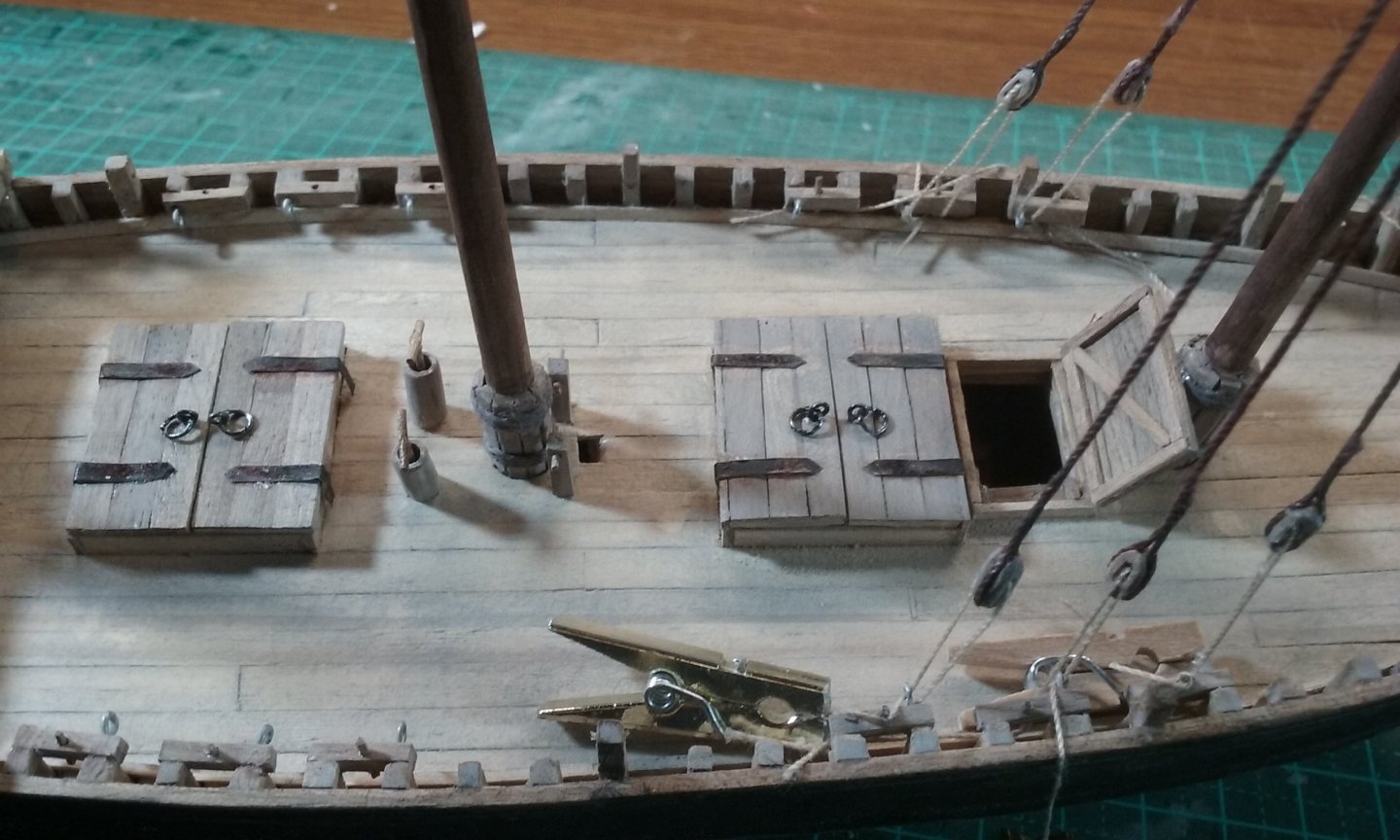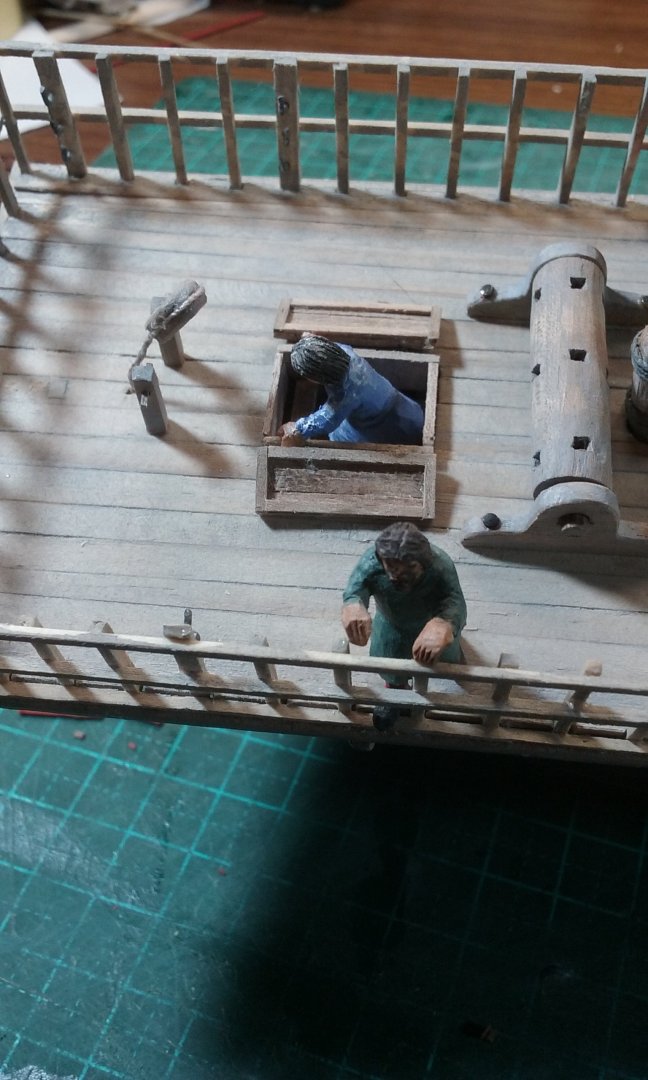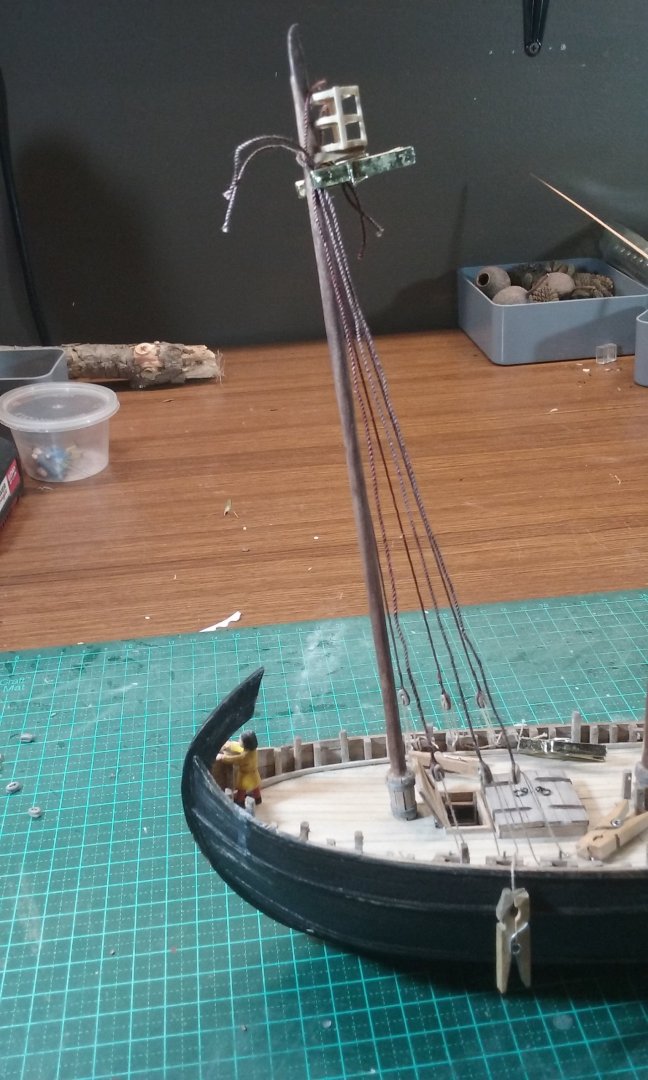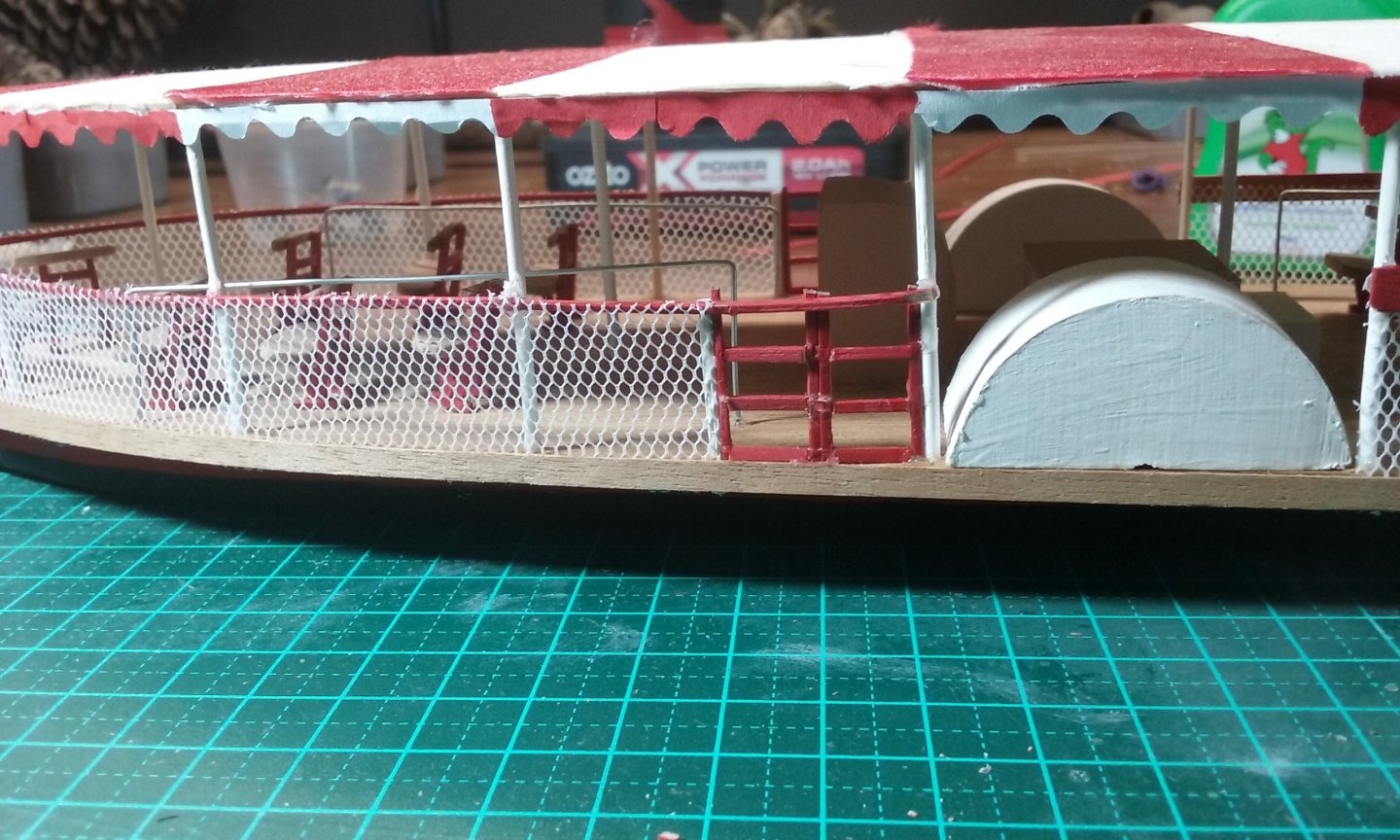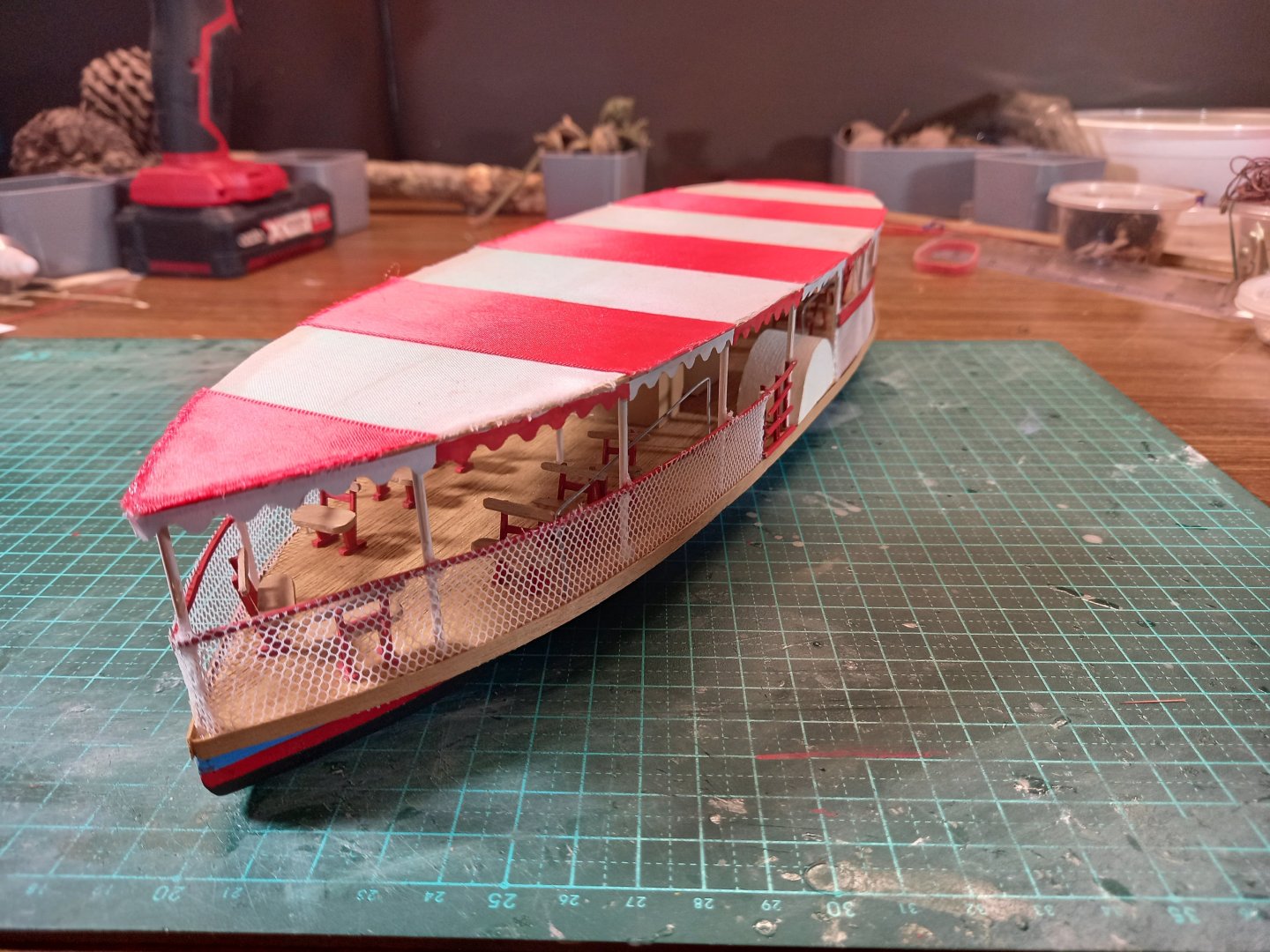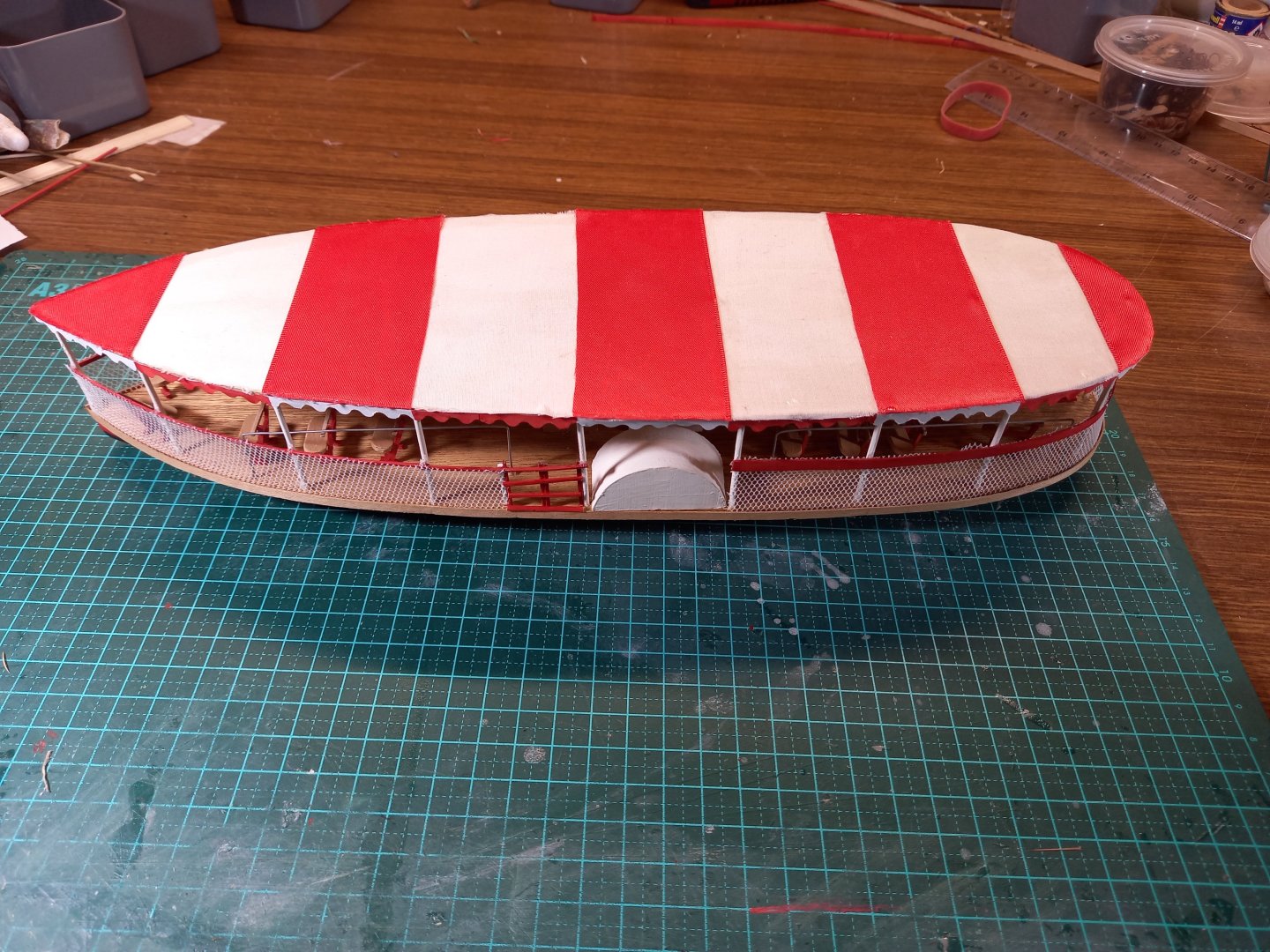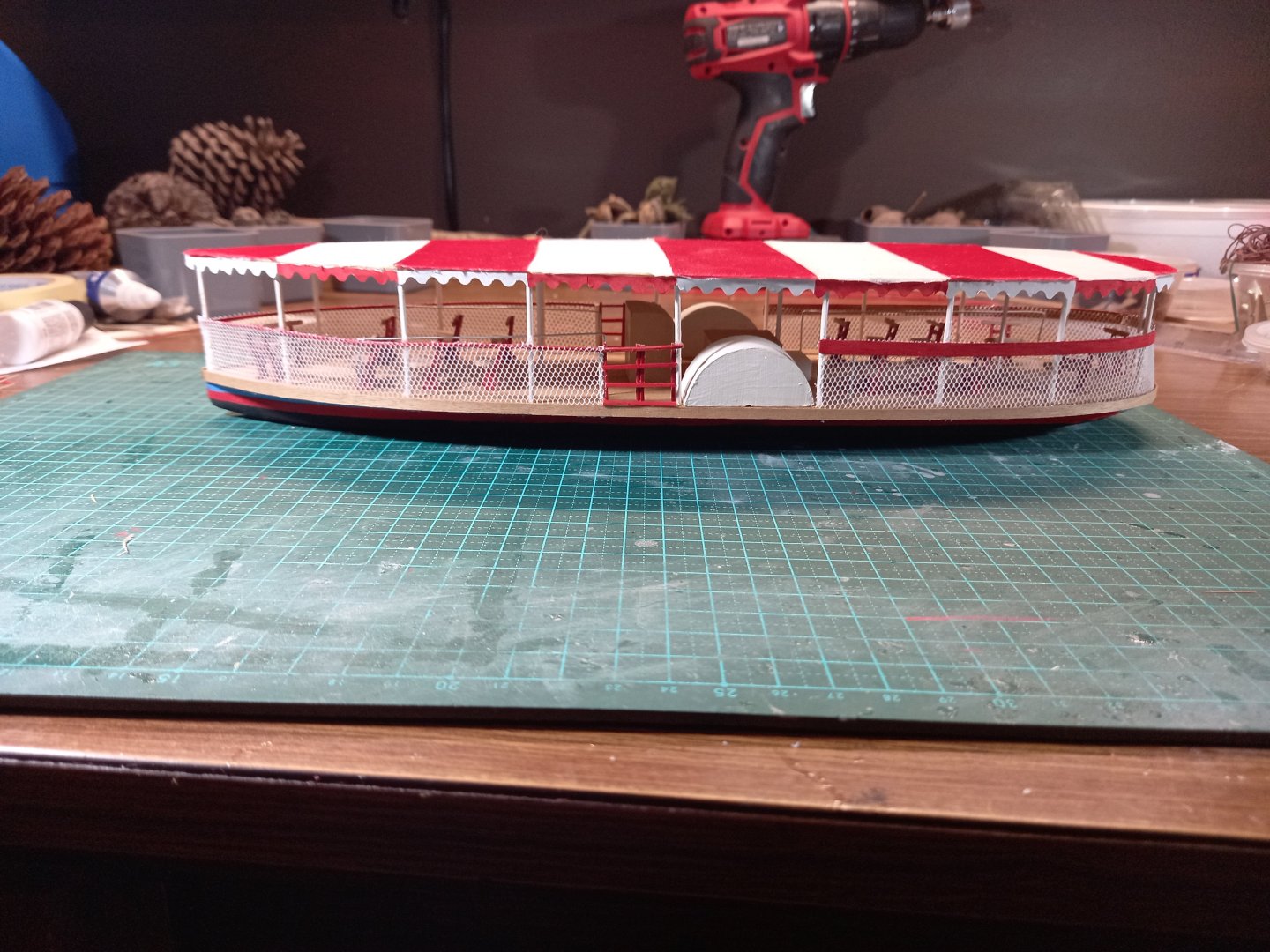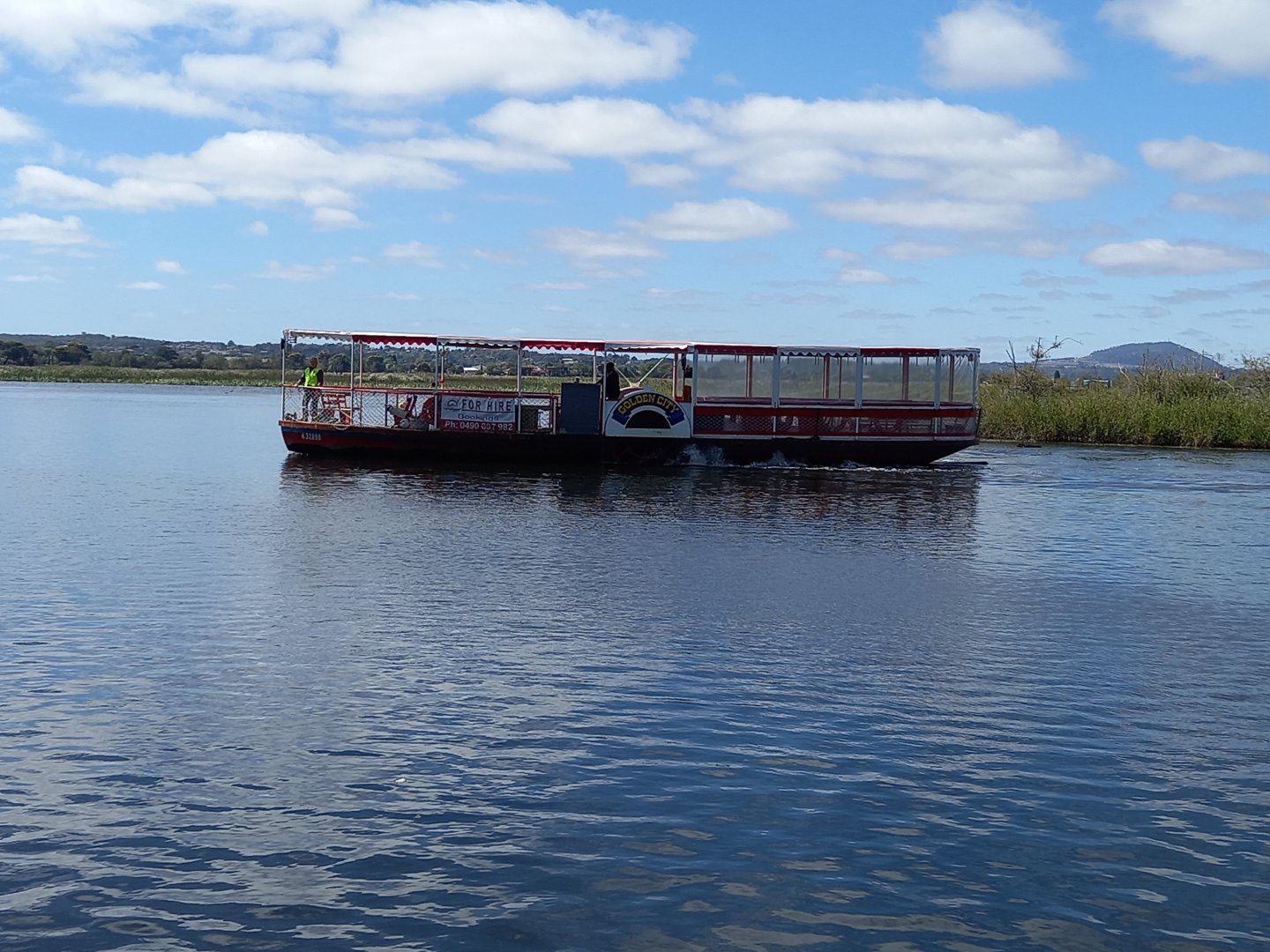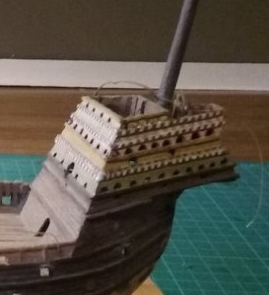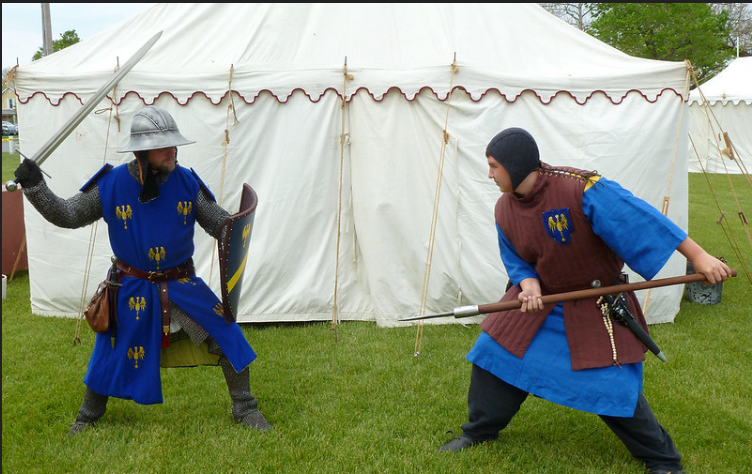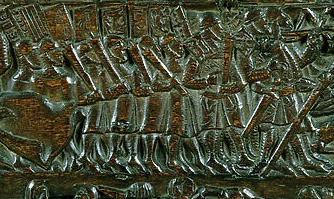-
Posts
7,567 -
Joined
-
Last visited
Content Type
Profiles
Forums
Gallery
Events
Everything posted by Louie da fly
-
Thanks Roger. That's my opinion entirely. A lot of this is educated guesswork based on (extremely!) inadequate source material. Of course we can't be sure it's all correct, but a lot of the fun is in the investigation of source material and speculation as to how it could be done, given the pictorial evidence (often affected by artistic licence), the archaeological evidence (often frustratingly incomplete) and the practicalities of sailing a wooden vessel. And if later evidence proves one of the guesses wrong, one still has the satisfaction of having done the best one could with the information that was available at the time. So, on to current progress. Shrouds and halyards in place, but only the foremast shrouds have been finalised. I really do need to clear my workdesk before I take photos! I made new silkspan sails - I wasn't happy with the first iteration. This time I made them oversize and folded the edges over instead of gluing strips of silkspan to the edges. The cross was painted on with Tamiya acrylic paint. I needed two coats for the "face" side and one for the other side. Considerably happier with the second version. And I've added the blocks to the yards - for the tacks at the lower ends and the vangs at the upper. Druxey, if I might pick your brains - how did you attach the bolt ropes to your silkspan sails (they look particularly good)? And the robands? Steven
- 409 replies
-
You've done a beautiful job. Congratulations on completing - a lot of work, but well worth it. Steven
-
Oops. I'd meant to reply to this earlier, ut it somehow got missed. Very glad to be of help in providing a possible 'backdrop' for your knarr. I'll be interested to see what kind of setting you do end up giving it. I've been thinking seriously about dioramas myself recently (ever since I saw the endless lines of near-identical tanks and aircraft at the Ballarat Modelling Exhibition - interesting for enthusiasts but boring for the general public). I think a setting adds immensely to a model. Looking forward to progress on this one. Steven
-
Thanks, Eric. I'm afraid I'm a bit of a show pony in that regard. I enjoy trying for a bit of extra interest in my builds to spark the attention of those in the know. Steven
- 409 replies
-
Why thank you, Mark. Unfortunately, they are going to be on the weather side, so I think Doreltomin's point stands. However, perhaps a flick of the rudder(s) could take the load off for a short time even if they were weather shrouds. [And of course if they were just completing a tack and hadn't yet got under way, these guys tightening the last weather shroud could well be believable]. Tartane, yes, I'm still going to be using lateen sails. I've looked carefully at your arguments and they aren't convincing enough to make me change. I realise that you have the best intentions in making your suggestions, but I have done plenty of research of my own and I'm satisfied that I'm making the right decisions. What may have been the practice for a chebec in the 18th/19th century is by no means necessarily what was done in the 12th century, and I believe I have ample evidence to back me up. Theoretical reconstructions will always be a matter of interpretation of the available evidence, and our interpretations are different. I think the best policy is for us to agree to disagree. I'm not really willing to engage in any further discussion on these points, as I find it's distracting me from the build. Steven
- 409 replies
-
Doreltomin, you're probably right. But I'm not going to carve another figure - the mistake will just have to remain for eagle-eyed people like you to spot and comment on Tartane, thank you for your input, but despite your belief that the halyards in this configuration would foul the sails, that nonetheless seems to be the way they did it. Note the position of the halyards on these two 2-masted ships - they lead to the black triangle at the top of each mast and around the white dot (the sheave) and back down again. Zibaldone da Canale early 14th century And the same applies with these ones Bestiary Morgan Library ms4 59 fol 18r North Italy c. 1290 1232 - 1261 Bohemund: William of Tyre's Histoire d'Outremer, BL Yates Thompson 12 f.58v And these 1332 Italy, KBR ms. 9404-05 - Liber secretorum Fidelium Crucis St Ursula, Church de San Francisco de Palma de Mallorca 1st quarter 14th century And as confirmation that this is not just artistic invention, multi-masted lateeners and setee-rigged vessels in the 20th century continued to do so: I am quite prepared to believe your contention that chebecs did it differently, but there is sufficient evidence that this was the way it was done in mediaeval times, and has continued to be done this way in many vessels for centuries in between. Steven
- 409 replies
-
After a lively and instructive debate on rigging, back to build progress, . I've now had the opportunity to add some more of my carved figures, plus the knights are now in place and rigged for the fore and middle masts. I have yet to finalise the halyards, but the tackle at the lower end is sorted. For the mizzen mast, there is not enough structure below decks to hold a knight, so I've made a block to be fixed to the deck beams instead. Halyards temporarily threaded through the sheaves of the fore and middle calcets. I made the halyard double - I couldn't figure out how there'd be two sheaves in the calcet otherwise. Happy to be corrected, but now that I've committed myself I'm not going to change it - not on this model, at any rate, but maybe for future ones. I think the grab-rings on the hatch covers are still a bit too shiny, so I'm planning to weather them a bit more. And just for something cute (and for people inspecting the model to spot and comment on), two crewmen tightening up a shroud - one pulling down on the shroud, the other pulling the lanyard tight. I had to drill tiny holes for the ropes to go through. I don't think I mentioned earlier the upper fixing for the shrouds. Based on this carving and a very instructive picture kindly sent by Woodrat when I was doing my dromon, I've fixed them like this: That's about it for the time being. More to come when I've done a bit more. Steven
- 409 replies
-
I've come across this discussion a bit late, but that's probably a good thing, as I've had the opportunity to read arguments for and against the lateen interpretation. Tartane, I appreciate your input and suggestions, as I do those of the others who've posted on this subject. I've also done a lot of research on the rigging and configuration of lateen sails, not only on this build but on my dromon of some years ago. And though I don't regard myself as an expert by any means, I feel I have a good understanding of the rig. Of the mosaics I posted at the beginning of this log, only one is actually under sail, and even that is having the sails furled. There are two other ship mosaics of this series in San Marco, plus one from another similar series, but two have the sails completely furled, and the other (from the other series) shows pretty definite triangular sails. Although the classic image of a lateen sail is triangular, with a sharply angled yard: The sail can take many configurations, including with the yard all but horizontal, depending on the angle of the ship in relation to the wind: and see also 1:23 to 1:30 in this video: Though the yards in the mosaics are mostly not far from horizontal, I am nonetheless satisfied that they depict lateen, not square rig. The first picture in my log could be interpreted as almost any type of sail, but the second seems (at least to me) to taper to a point at the bottom - in other words, a triangle. This is supported by the multitude of mediaeval representations of lateen rigged Mediterranean round ships. I am not trying to claim that all Mediterranean ships in the mediaeval period were lateen-rigged - particularly after the cog began to reach there from the Atlantic - but there is certainly ample evidence for my interpretation of the sails of my Venetian ship to be lateen. Tartane, I do appreciate your posting the picture of the knevel. I had been puzzling over how to belay the shrouds, and though I've already committed myself now, I find the knevel to be a simple and practical apparatus, and better than what I came up with myself - to the point that I wish I'd seen it earlier as I would have used it on this model. The wooden toggle that joins the shroud to the rope loop has been found time and time again in marine archaeology from ancient times through mediaeval, and is still use on Mediterranean lateeners today. Yes, I'm doing exactly as you pointed out when tacking, that the leeward shrouds are loosened to allow the sail to belly out and take full advantage of the wind. I mentioned this in an earlier post. Steven
- 409 replies
-
I think you're right in removing the occy, Dick. It did seem out of place. Steven
- 130 replies
-
It just hit me last night - I've been in the throes of writing the Great Viking Novel for as long as I can remember (may never get published, but hey, it's fun), and my hero goes on a trading trip in a knarr in 1065 to the realm of Jarl Thorfinn the Mighty, (https://en.wikipedia.org/wiki/Thorfinn_the_Mighty) whose base was the Brough of Birsay in the Orkney islands north of Scotland. Here's a wonderful map https://maps.walkingclub.org.uk/os/explorer/463-orkney-west-mainland At the very top left of the "mainland" you'll see "Brough Head". Zoom right in and there's the Brough of Birsay, a small island cut off whenever the tide is full (sea-level changes dramatically with the tides), and that's where Thorfinn had his settlement. Brough is basically the same word as the Old English burh - a fortified settlement - which appears as "-burgh" or "-borough" at the end of many place-names in Britain. The island slopes upward from almost sea-level at the eastern end where the settlement was, to high cliffs on the west. As far as I can see traders coming here could have pulled their ships up on the sandy beach at high tide and perhaps unloaded when the tide was out. Here's a video with really good views of the island - I hope that is of some help to you. Maybe you could consider this as a setting for your Roar Edge. Steven
-
Here's a figure 70mm high (equivalent to 1.75 metres or 5 ft 9" at 1:25 scale) - https://www.planetfigure.com/threads/fer-miniatures-january-new-release-changes-to-come-viking-warrior-gamla-uppsala-1087.76208/#google_vignette Get rid of the axe and the cross and he might do. And you might be able to do something with the guy drinking from a horn here: https://free3d.com/3d-model/viking-drunk-3d-printable-5188.html He does have a helmet on, and his multi-layer skirt and his "cloak" are a bit strange, but he's not too bad. (By the way, try drinking out of horn with the pointy end above your mouth like that and you'll get a face full of beer - don't ask me how I know.) Steven
-
It is indeed difficult to get Viking period figures who are ordinary people, not warriors or the rich. A site that gives a more realistic idea of what "normal Vikings" looked like is at https://sagy.vikingove.cz/en/the-interview-for-hella-the-viking-blog/ A well-off merchant might have looked like this - https://www.pinterest.com.au/pin/137219119871448037/ While a really high status Viking (probably a member of the nobility) might have looked like this https://www.pinterest.com.au/pin/948148527770532075/ (that cloak is copied from a real archaeological find, including that wonderful decorative border - click on the Pinterest link and it takes you to an article on the original find). Sorry I can't help with figures ( I have to carve mine), but cargo would yes, be barrels, perhaps oiled leather bags (for waterproofing) chests (There's the Mastermyr chest, which contained carpenters' tools https://en.wikipedia.org/wiki/Mästermyr_chest and https://www.angelfire.com/wy/svenskildbiter/Viking/vikchest.html, and is fairly typical, as well as the Oseberg chests https://loveevamk.life/product_tag/32008505_.html - but use those with caution, as they were in a royal grave). For my own nef - though it's from a few centuries after, ships hadn't changed all that much - I added a cargo of barrels - see post #193 and onward at Hope that helps. Nice to see someone doing a merchant ship instead of all the drakkars! Steven
-
Ian, that block looks like an ordinary block with a toggle each side. Those toggles have been found in archaeology as far back as the 11th century, though I don't know if they've been found from the Classical Roman period. They are very useful for quick attachment and release of different parts of rigging on Mediterranean lateeners - for an example of the toggle in use see my post #1217 at Tony, thanks for your nice comment. Much appreciated. More progress on the San Marco ship. Grab rings for the hatch covers: Hatch covers in place and with grab rings (now blackened) in place. I had to wait until the masts were glued in before I could finalise the hatch covers, otherwise I wouldn't have been able to see the mast steps to guide the masts into position. Shrouds: Foremast starboard shrouds in place: All foremast shrouds in place. The port shrouds are loose because the lateen sail was within the shrouds - if the leeward shrouds were kept tight they would interfere with the sail as it bellied out with the wind. Getting ready for tomorrow's Modelling Exhibition! while I'm sitting there keeping people (and their precious little darlings) from touching my models with their sticky fingers I'll probably be working on positioning the halyards and their tackle, and adding the blocks for the tacks to the yards. Steven
- 409 replies
-
And the little gates fixed - a bit rough and ready, but at least well enough for a prototype. When it comes to the "good one" at 1:25 I'll be more careful and finish them better. Ready for tomorrow's exhibition. Steven
- 31 replies
-
- Paddlewheeler
- Paddleboat
-
(and 6 more)
Tagged with:
-
I'm going to have to steal that, mate. Steven
- 31 replies
-
- Paddlewheeler
- Paddleboat
-
(and 6 more)
Tagged with:
-
Thanks for all the likes. Druxey, I don't know how many I'll make, but the purpose right from the start was to work out how to make multiples without too much waste effort. Not the same as my usual builds, where the research and the figuring out are as much fun as the making. It'll be a bit of a sideline which doesn't make too many demands on my problem-solving abilities, just more of a relaxing thing when I have a bit of spare time. I've already got about half a dozen hulls cut out ready to go further. Not really in any hurry. Steven
- 31 replies
-
- Paddlewheeler
- Paddleboat
-
(and 6 more)
Tagged with:
-
Almost finished, just in time for an exhibition by the modelling club I'm in. It's a little rough and ready because it's a prototype, but that's OK. When I come to do the finalised one I'll put the lessons I've leaned doing this one into practice. In the meantime, a bit more paintwork, (adding the vessel's registration number and name) and I really need to re-do those little red gates amidships - a bit *too* rough and ready! And here's the real thing. Steven
- 31 replies
-
- Paddlewheeler
- Paddleboat
-
(and 6 more)
Tagged with:
-
I agree with Patrick and Stevinne. This was a very common size for forecastles at this time - see https://www.pinterest.com.au/lowe1847/great-carracksnaos/ - beginning as a quite low structure the forecastle got bigger and bigger and more unwieldy, presumably to give advantage in boarding/deterring boarding. It probably made the ships very crank, and this plus the adoption of big guns which made boarding a less vital part of normal tactics, probably led to the adoption of the lower sleeker galleon. Of course I could be biased. Here's the forecastle of my own Great Harry, Mary Rose's big sister. Steven
-
That's interesting - the goedendag is mentioned as being one of the most common weapons of the victorious Flemish army at the Battle of Courtrai (also known as the battle of the Golden Spurs because of the huge number of golden spurs looted from dead French knights), but a wooden chest commemorating the battle shows them like this: And remnants have been found of the real thing: https://www.military-history.org/feature/medieval/the-goedendag-medieval-weaponry.htm Of course Flemish re-enactors have adopted this nasty thing (though only for display purposes - much too nasty to really fight with) Steven
About us
Modelshipworld - Advancing Ship Modeling through Research
SSL Secured
Your security is important for us so this Website is SSL-Secured
NRG Mailing Address
Nautical Research Guild
237 South Lincoln Street
Westmont IL, 60559-1917
Model Ship World ® and the MSW logo are Registered Trademarks, and belong to the Nautical Research Guild (United States Patent and Trademark Office: No. 6,929,264 & No. 6,929,274, registered Dec. 20, 2022)
Helpful Links
About the NRG
If you enjoy building ship models that are historically accurate as well as beautiful, then The Nautical Research Guild (NRG) is just right for you.
The Guild is a non-profit educational organization whose mission is to “Advance Ship Modeling Through Research”. We provide support to our members in their efforts to raise the quality of their model ships.
The Nautical Research Guild has published our world-renowned quarterly magazine, The Nautical Research Journal, since 1955. The pages of the Journal are full of articles by accomplished ship modelers who show you how they create those exquisite details on their models, and by maritime historians who show you the correct details to build. The Journal is available in both print and digital editions. Go to the NRG web site (www.thenrg.org) to download a complimentary digital copy of the Journal. The NRG also publishes plan sets, books and compilations of back issues of the Journal and the former Ships in Scale and Model Ship Builder magazines.



